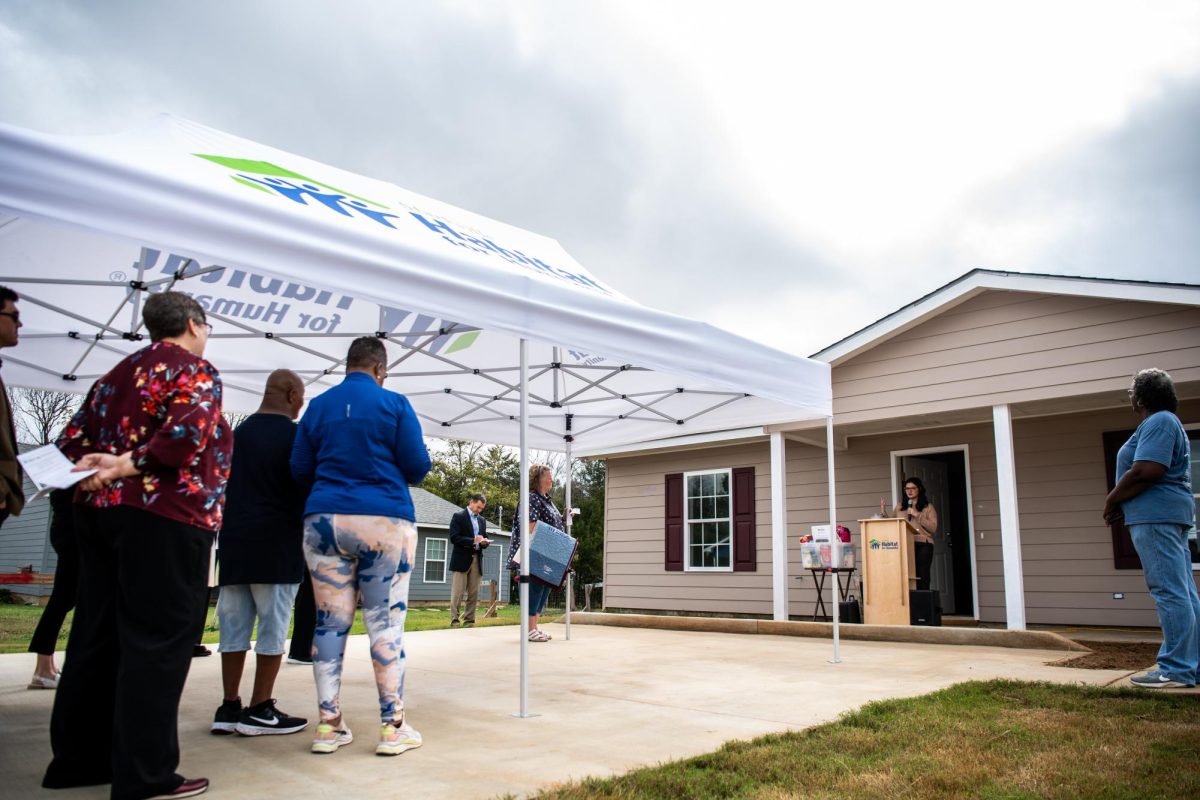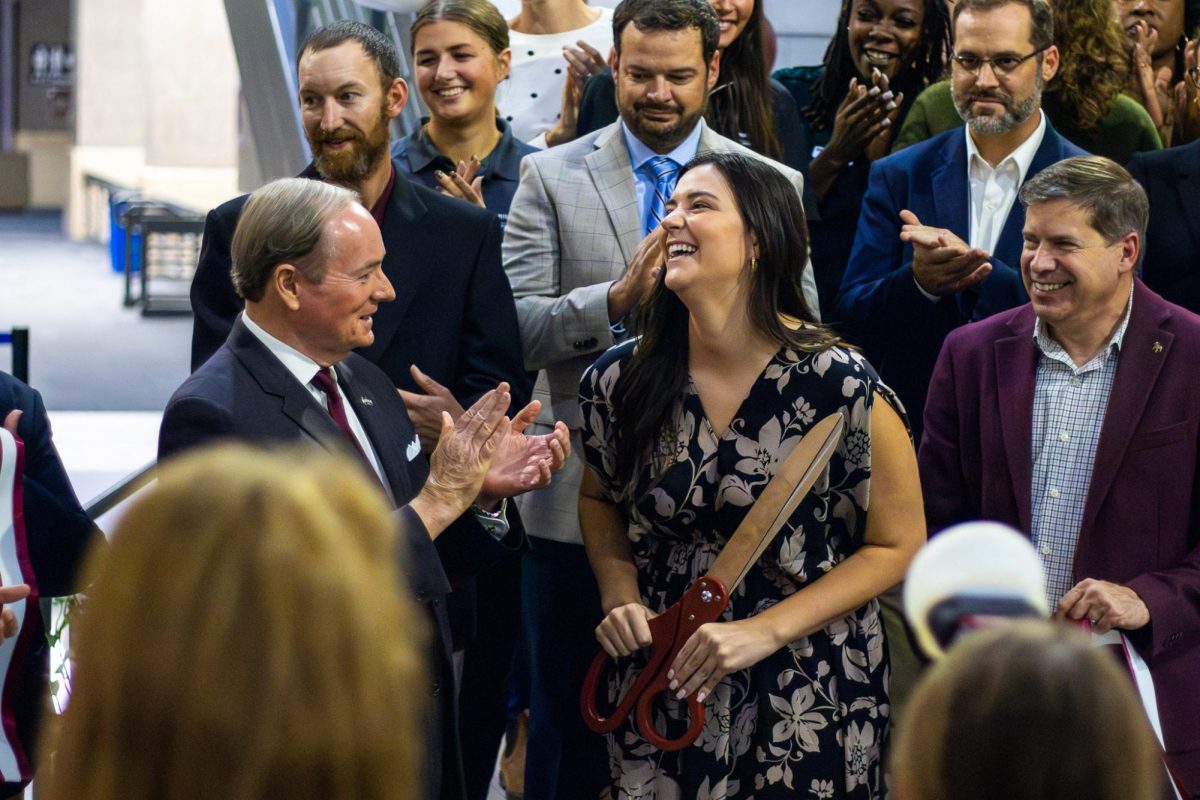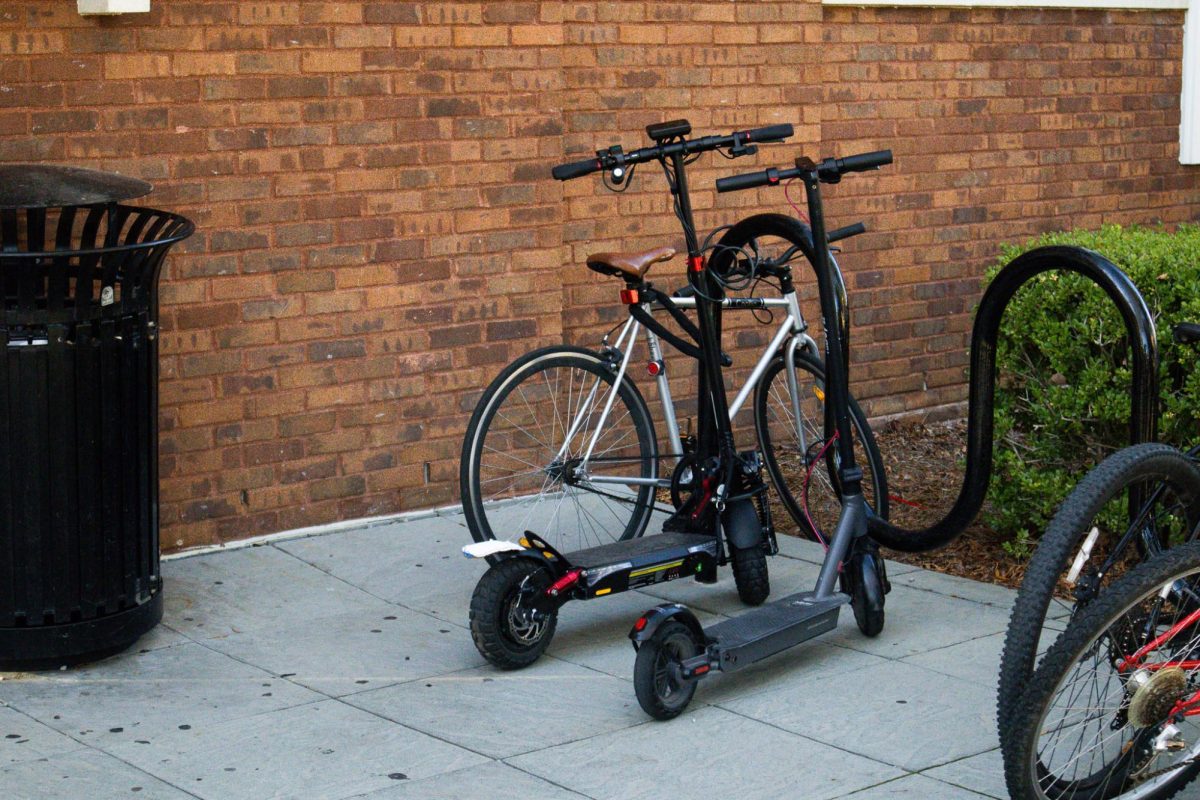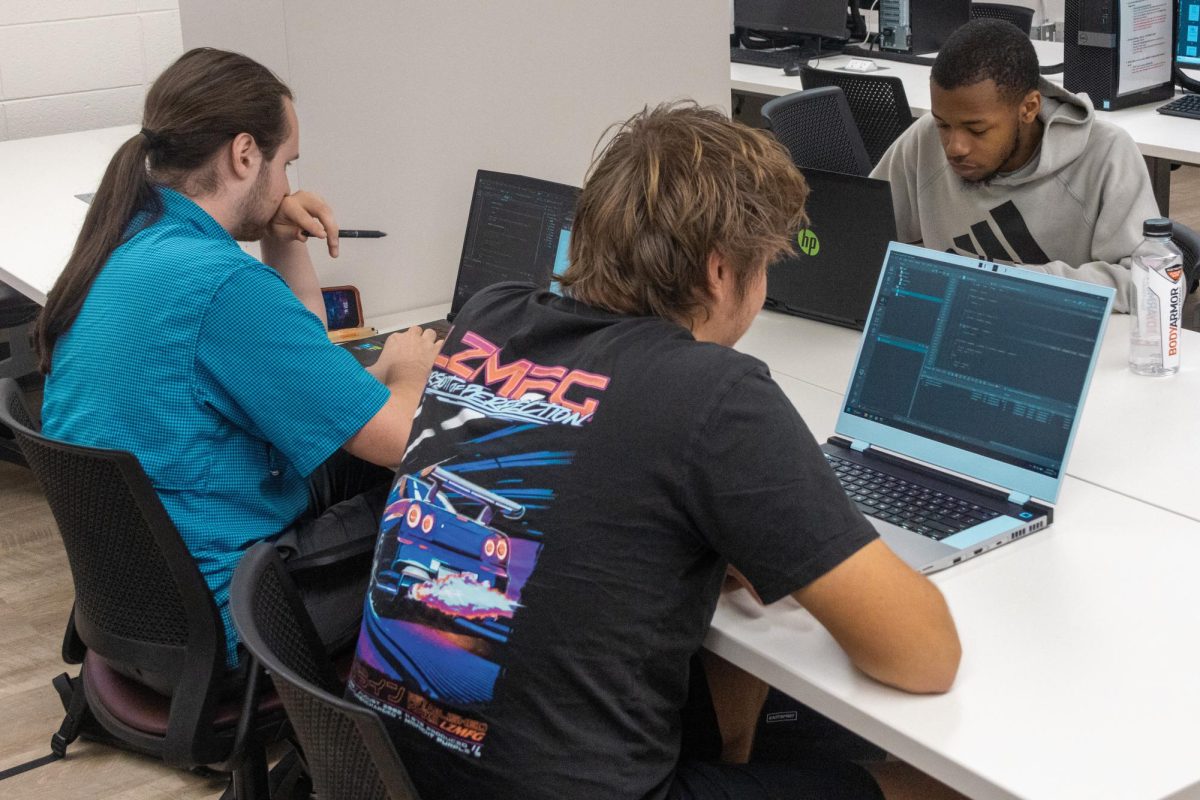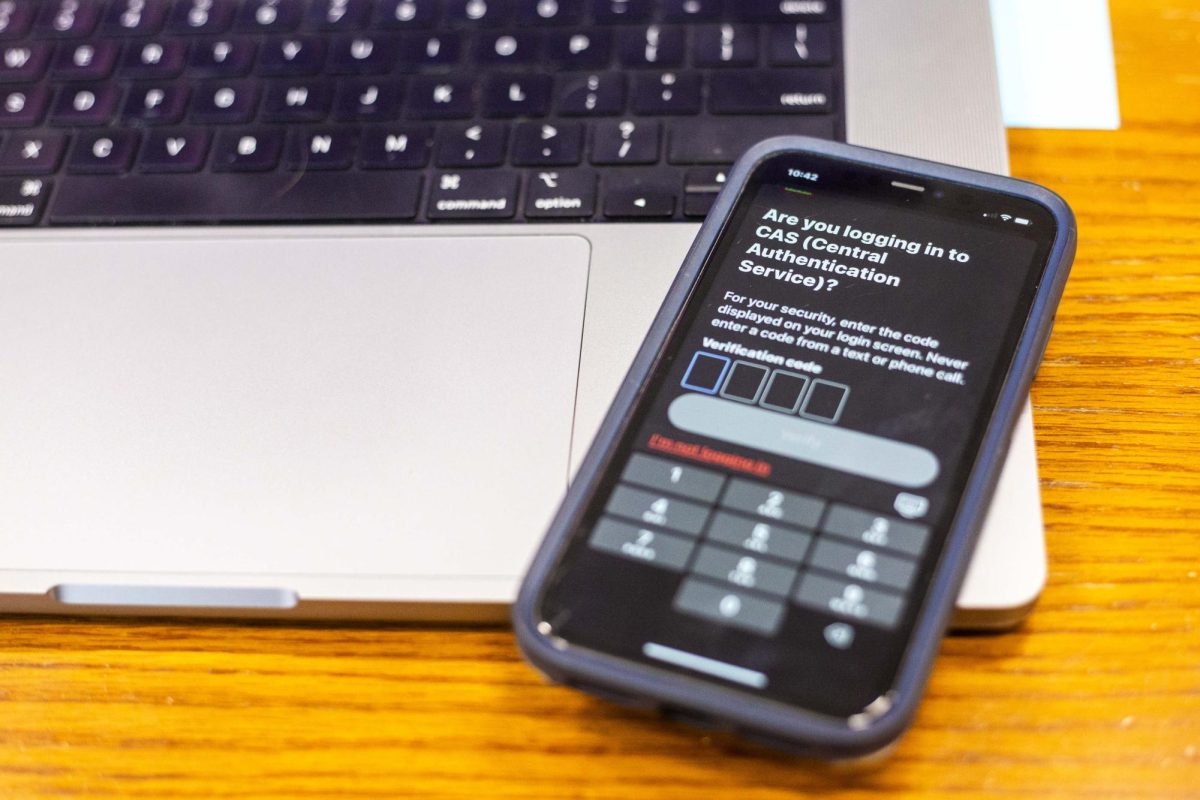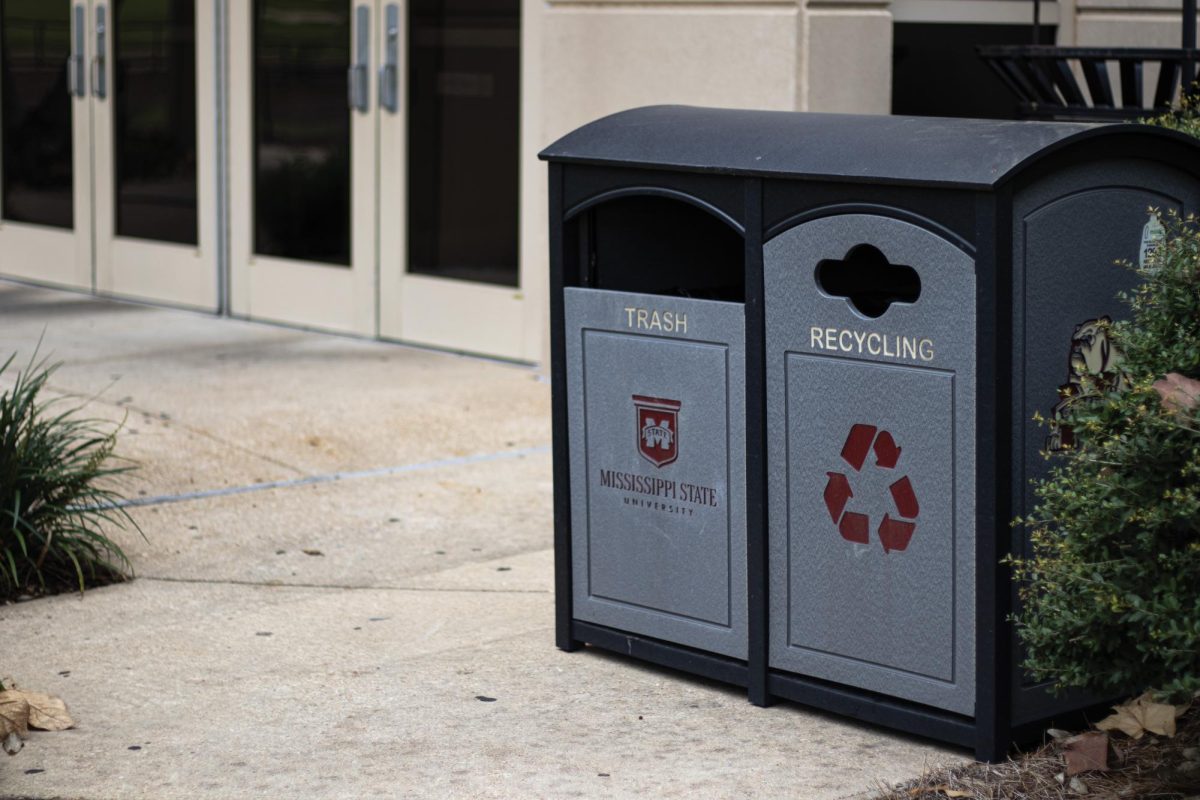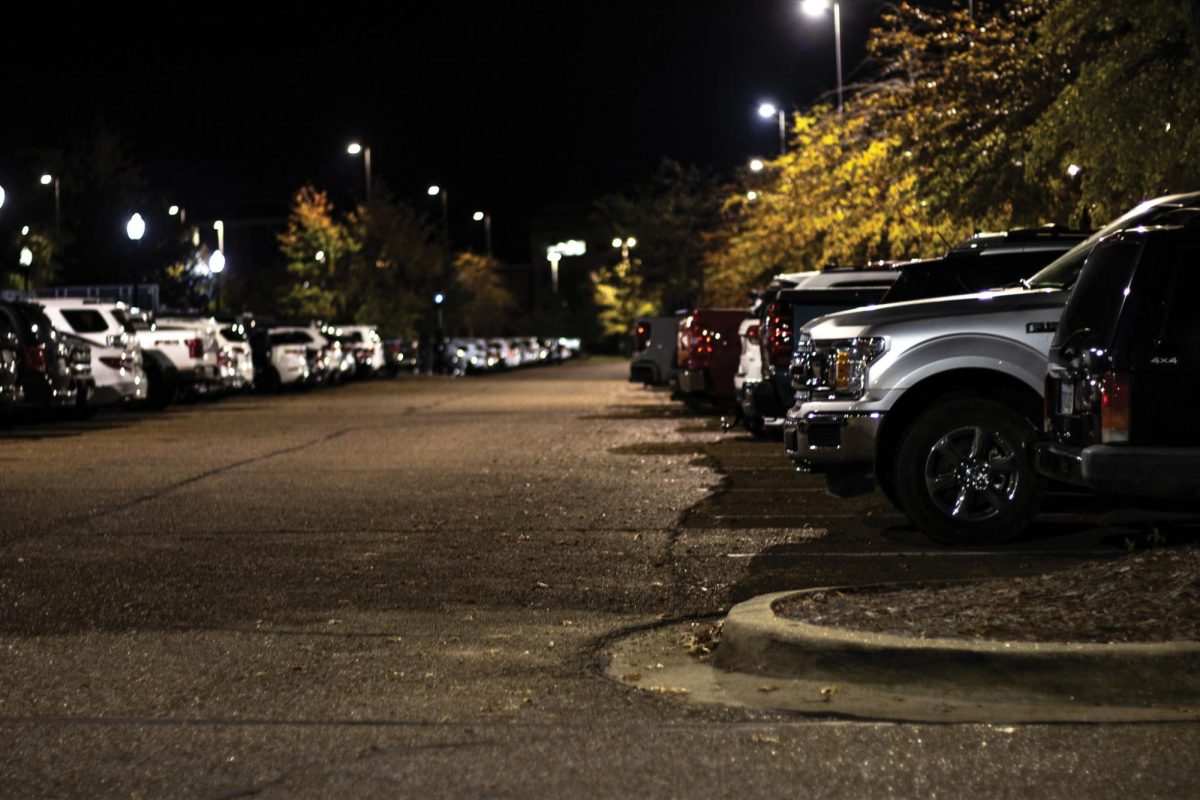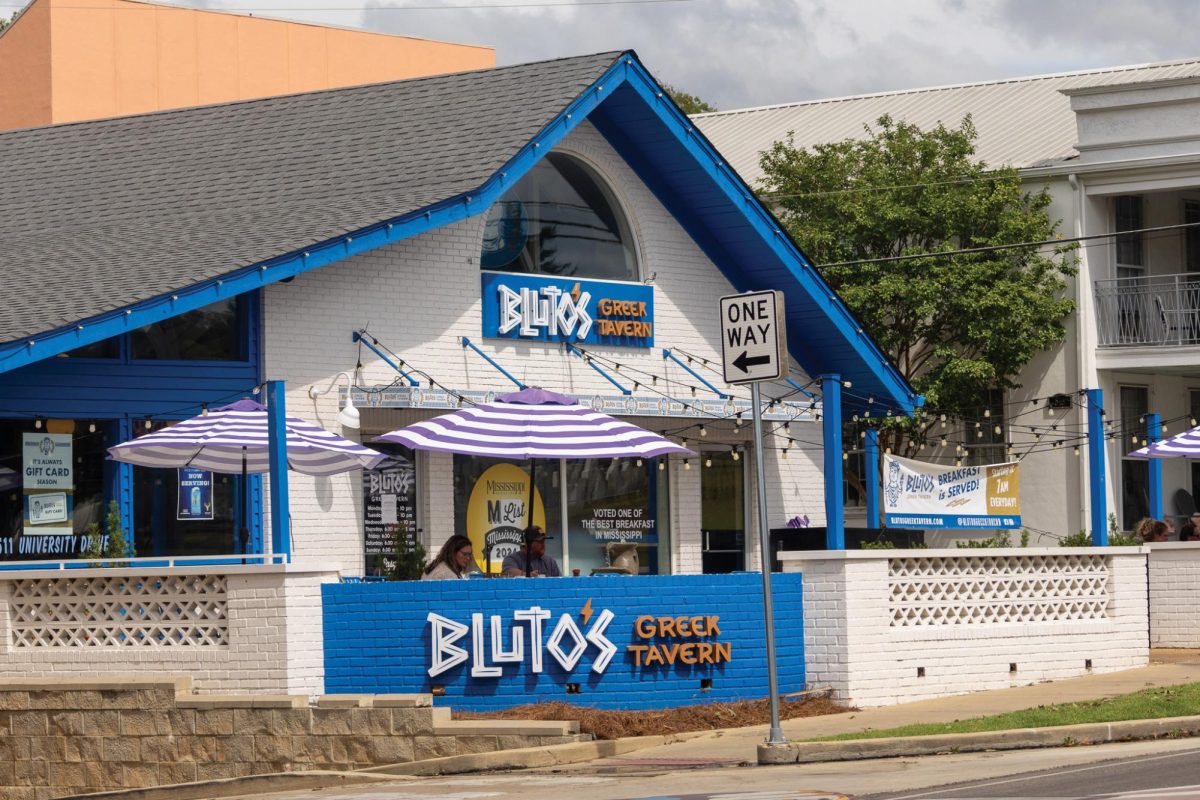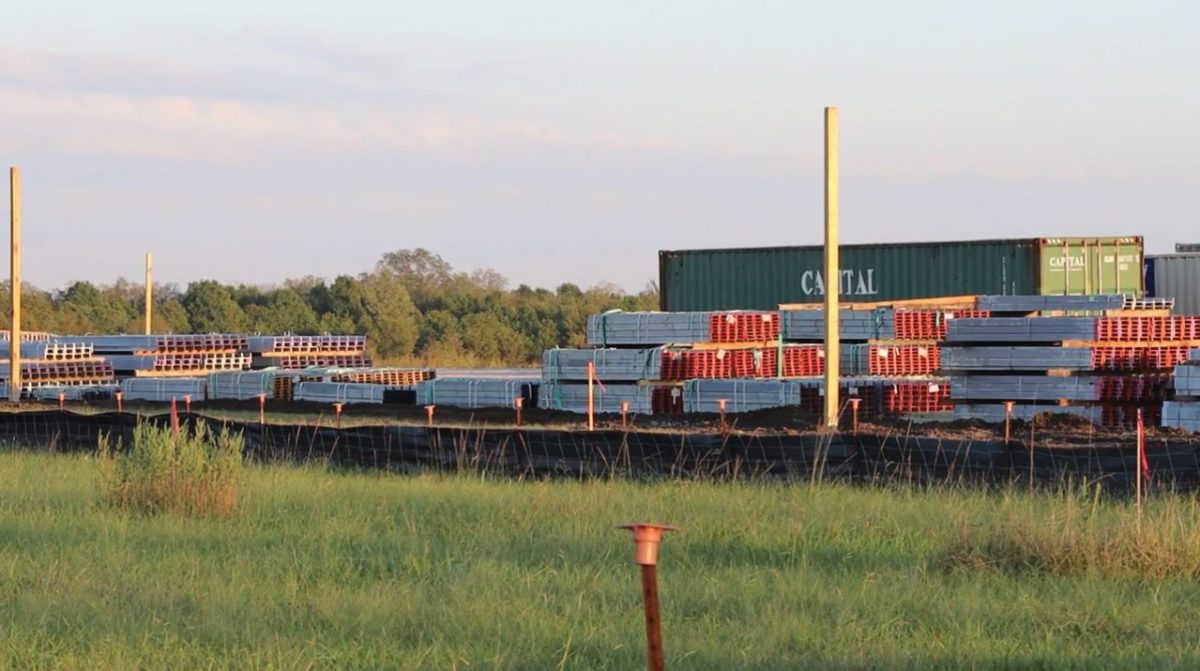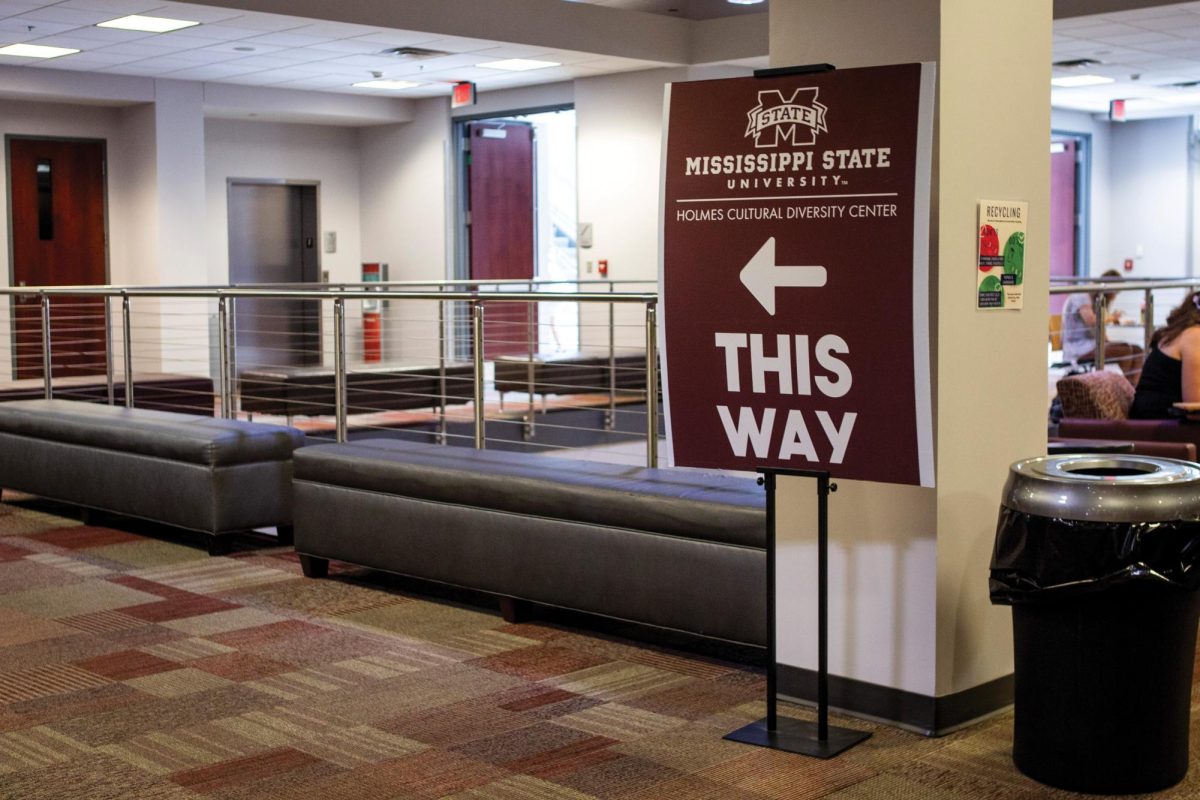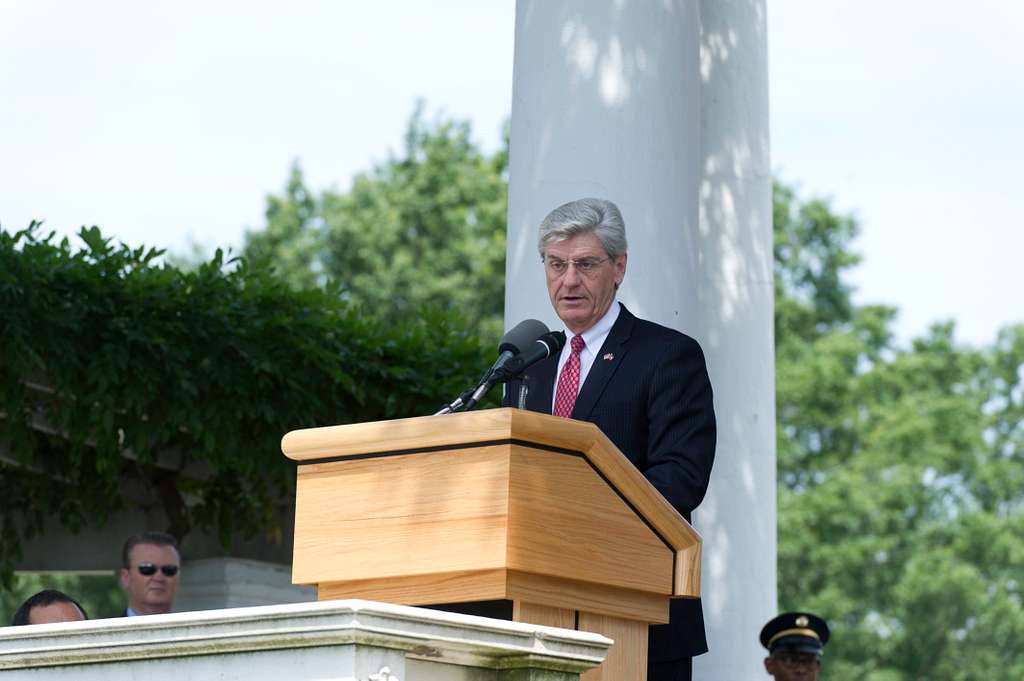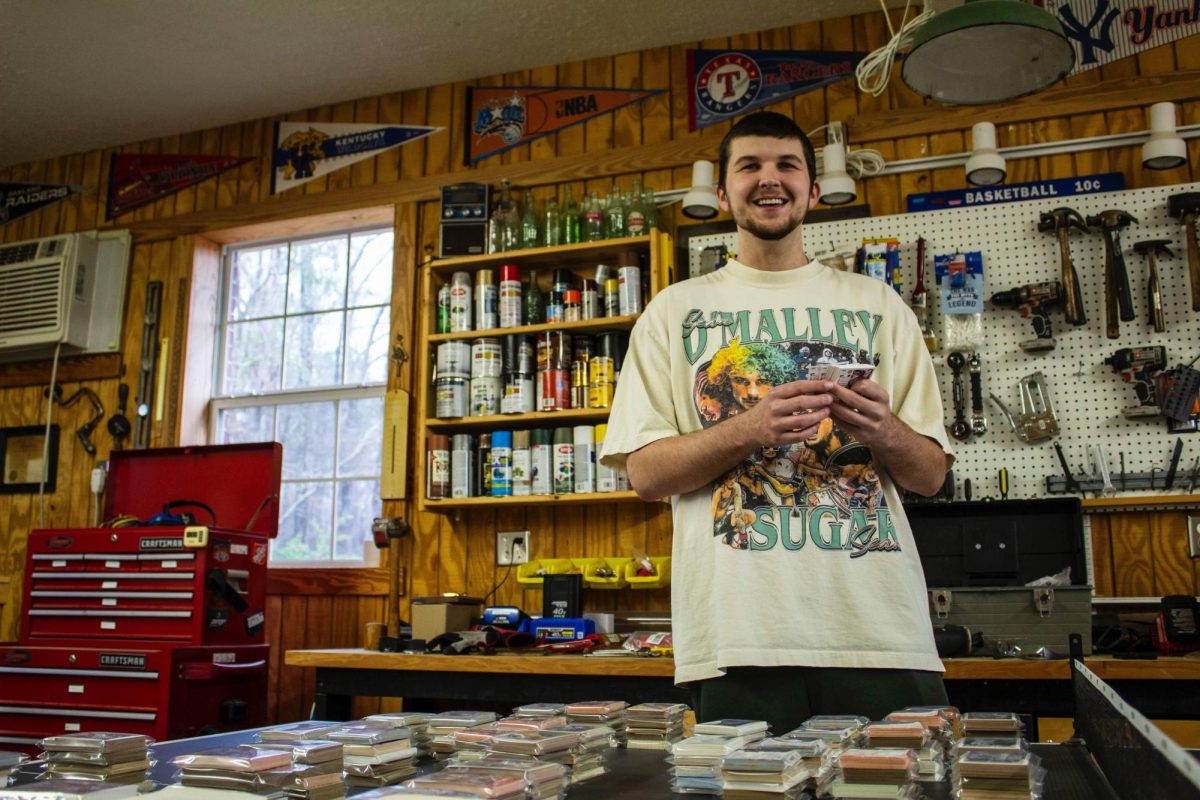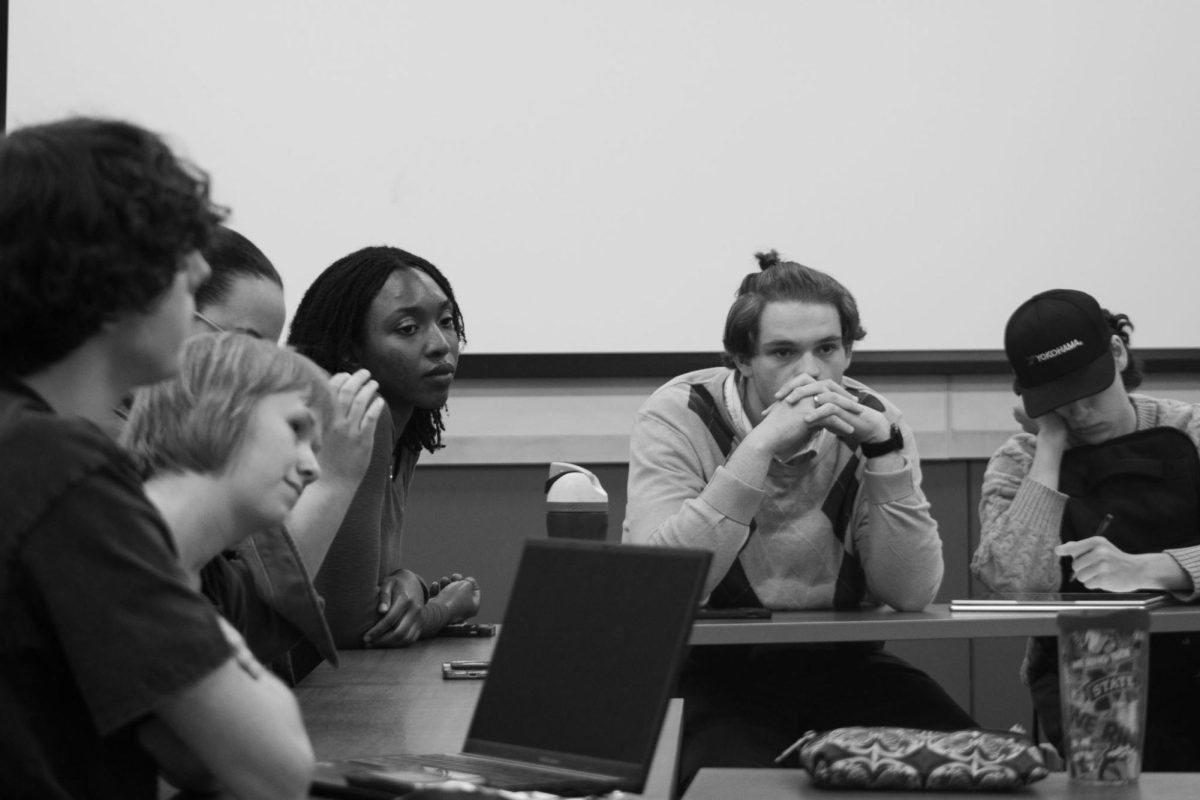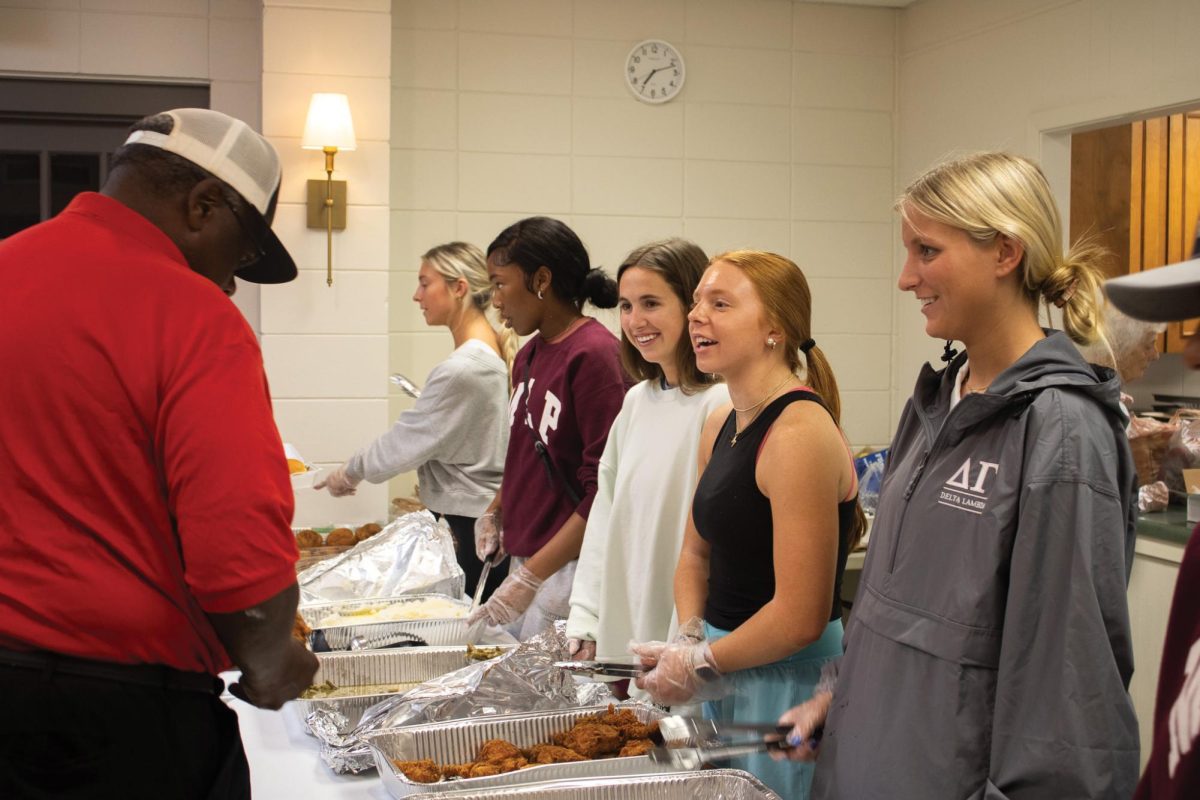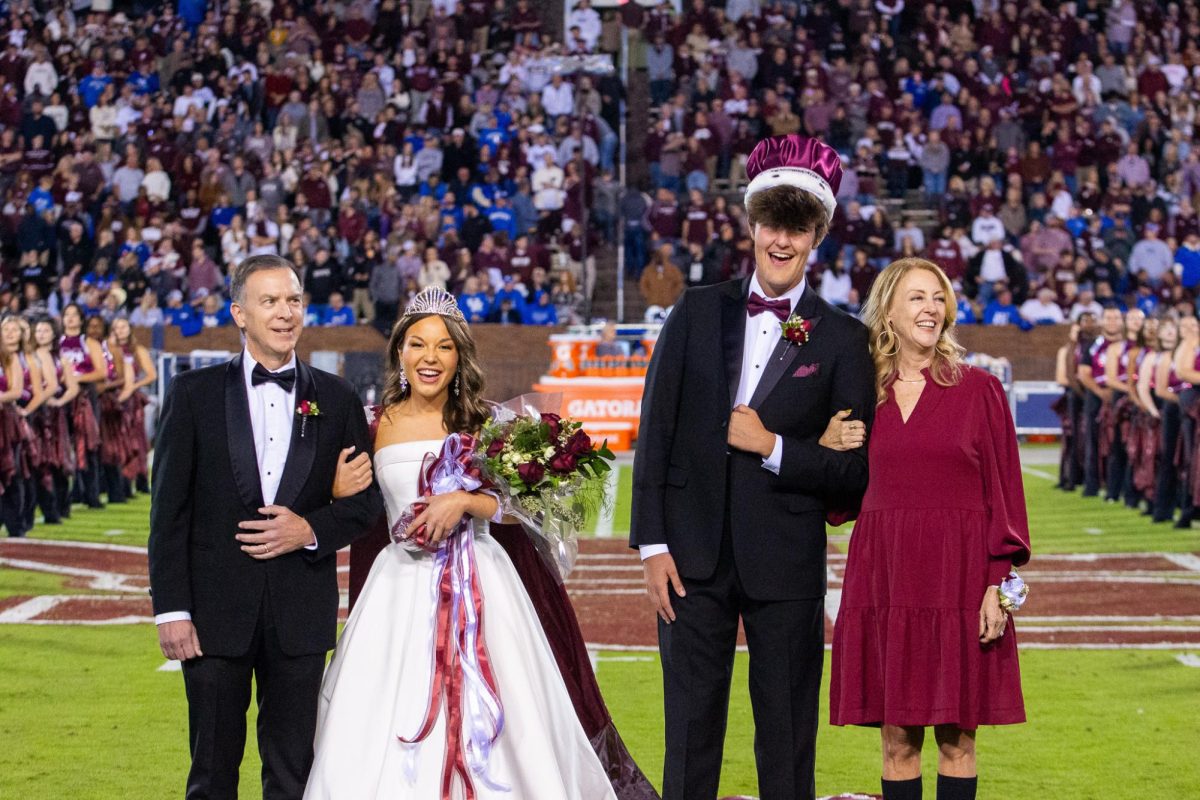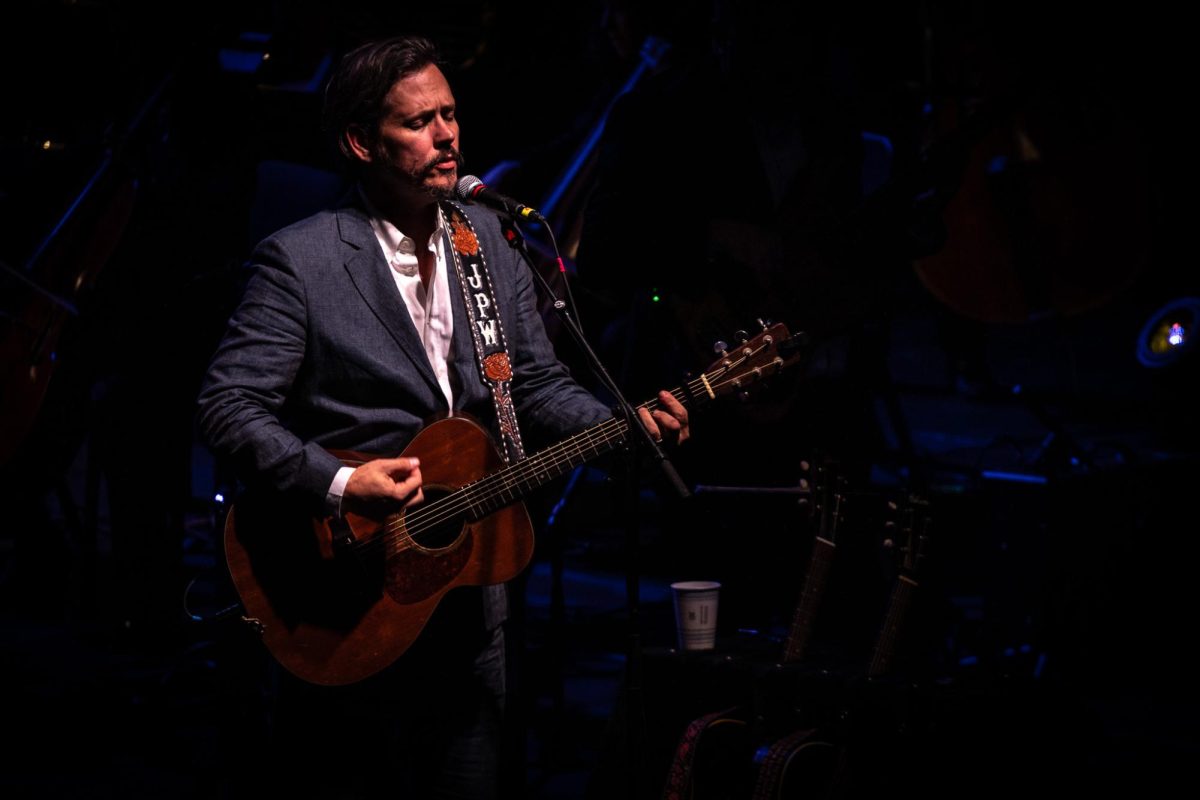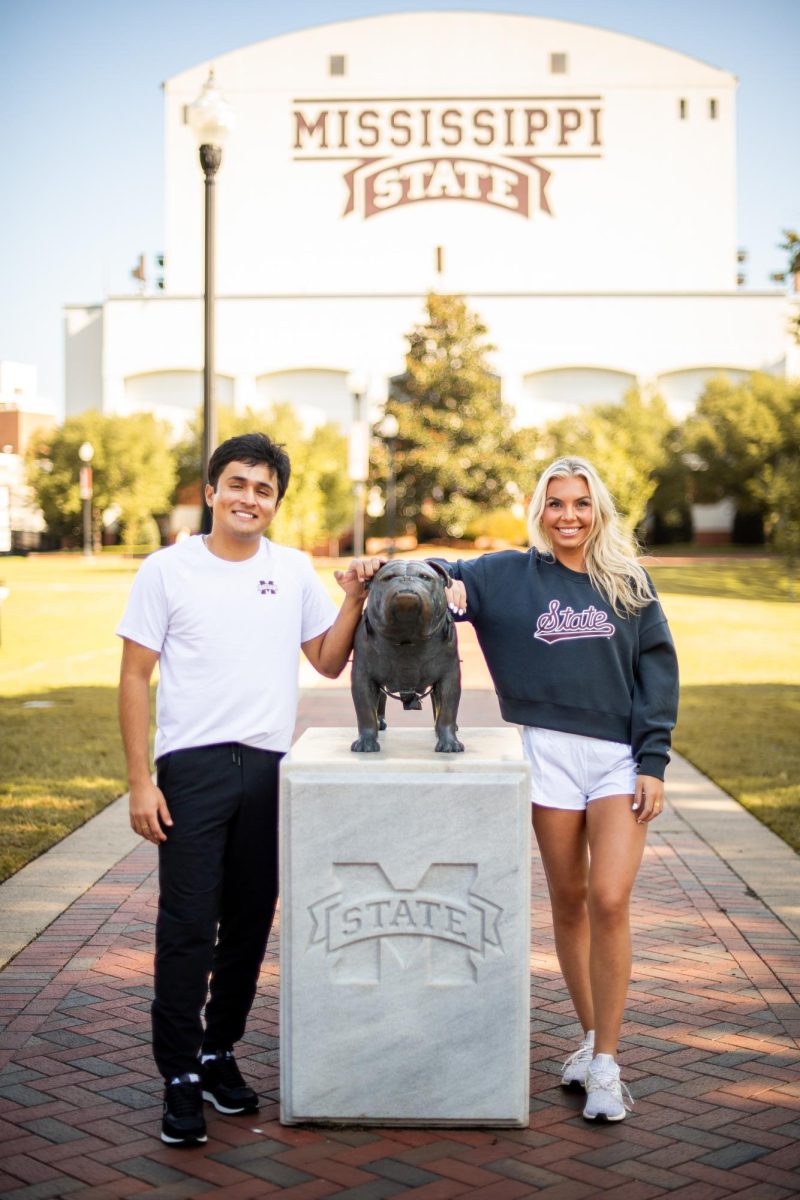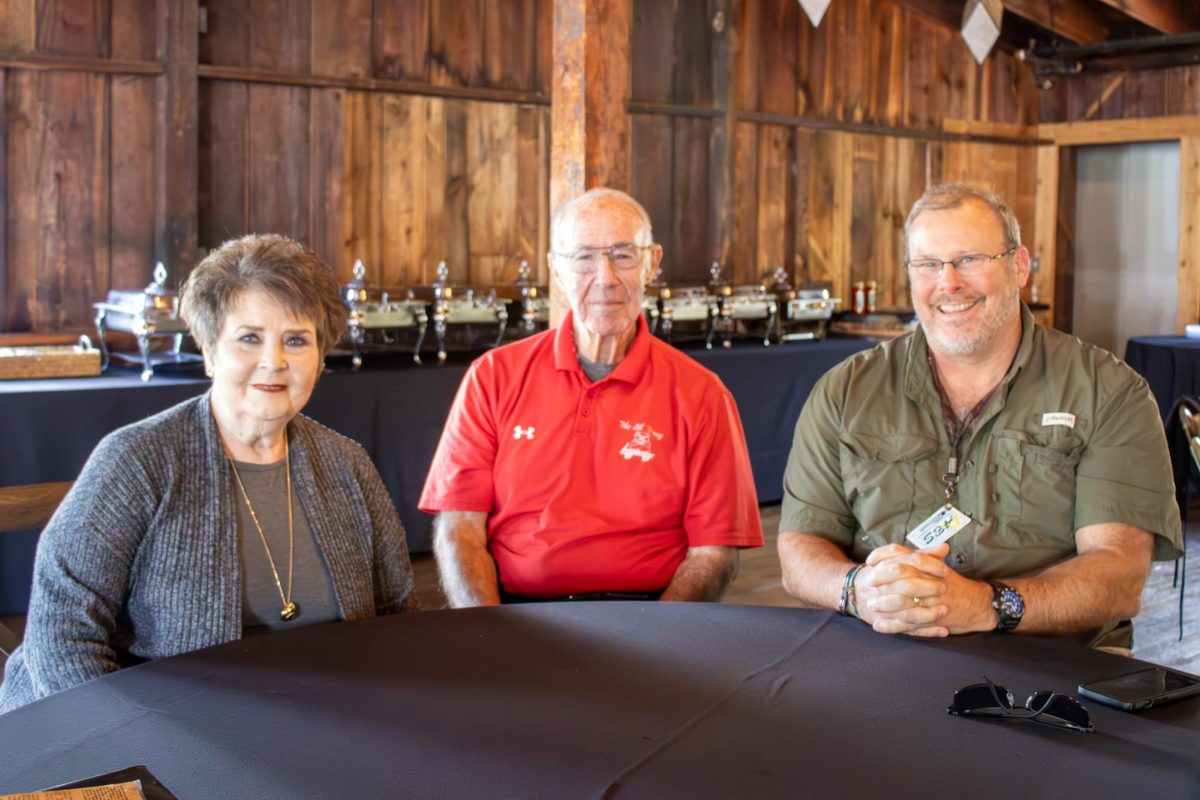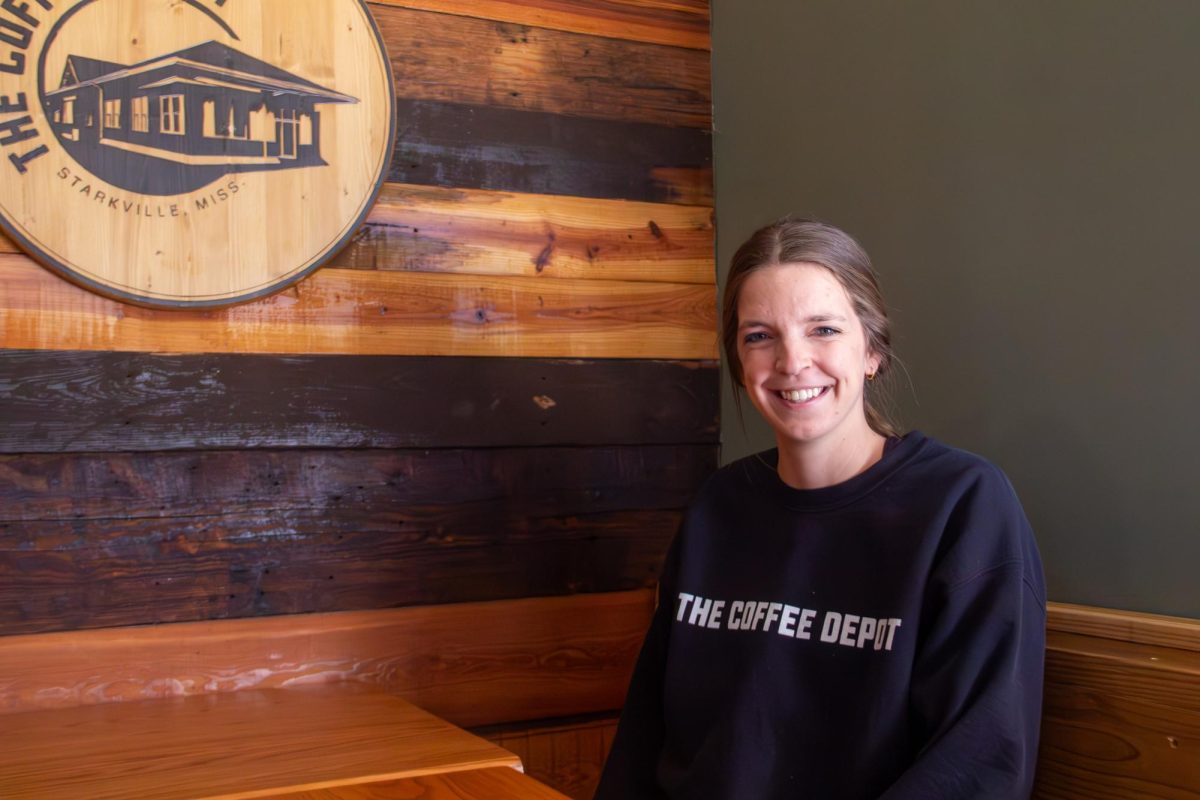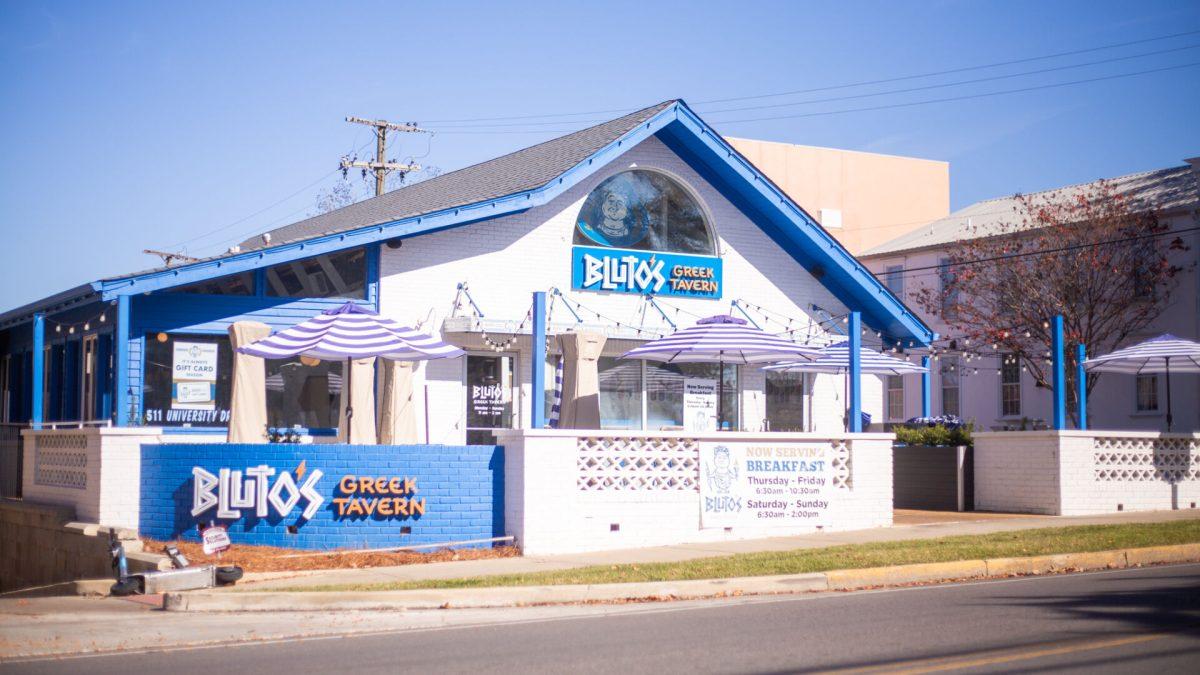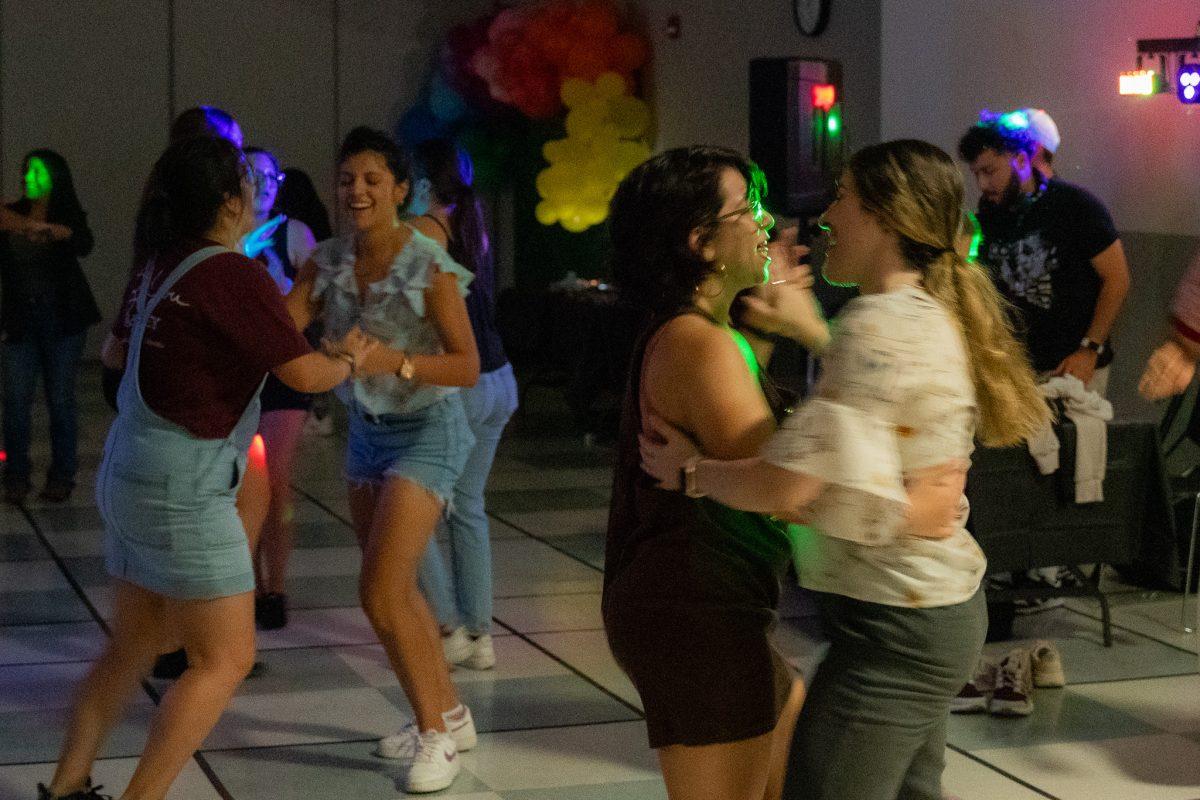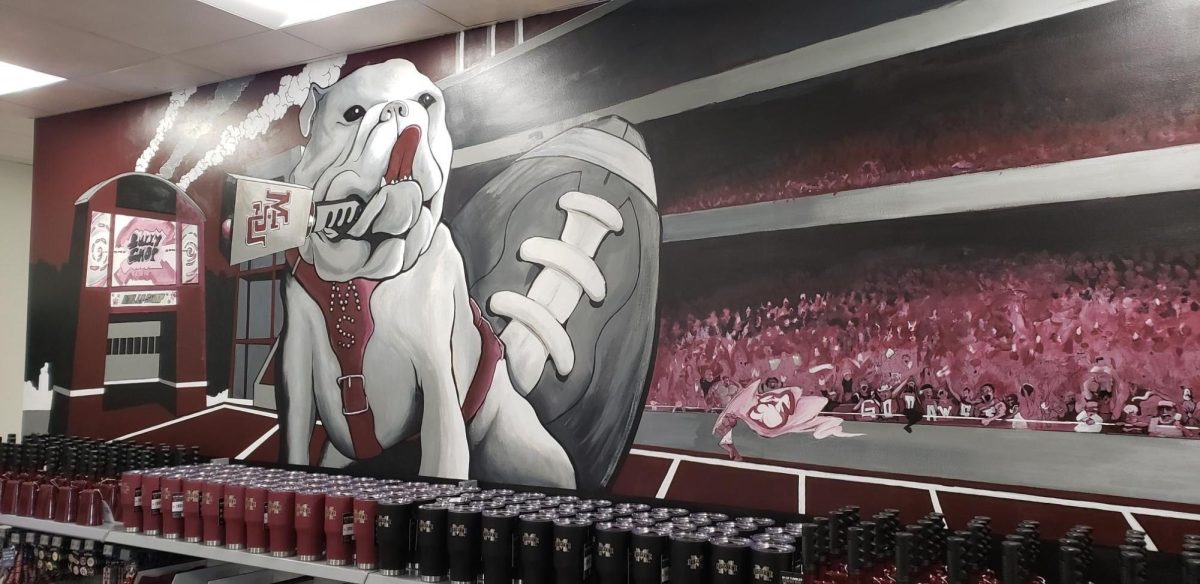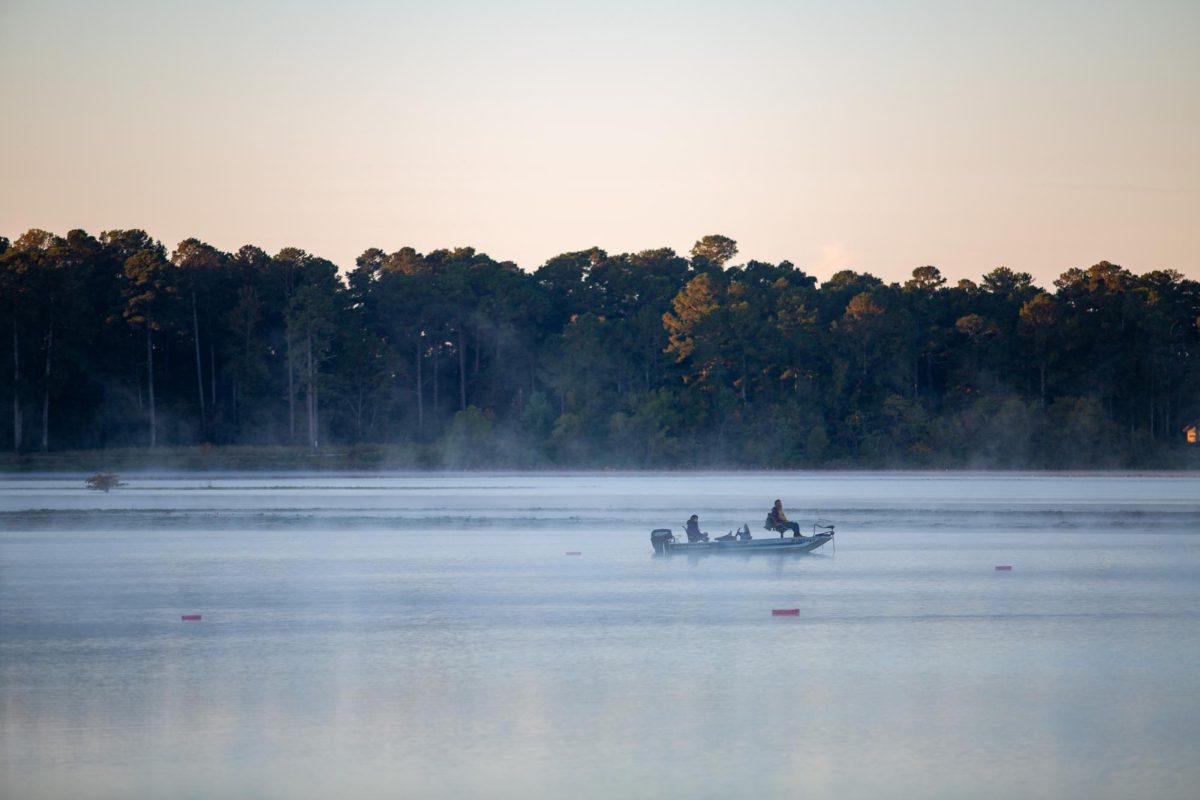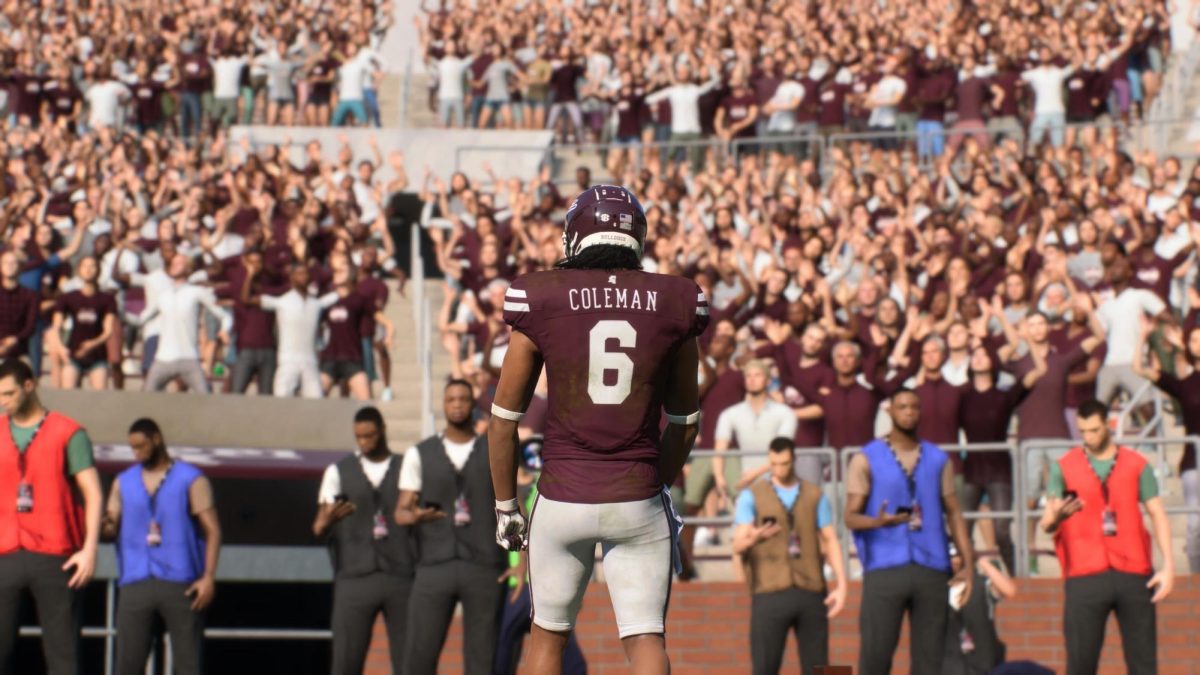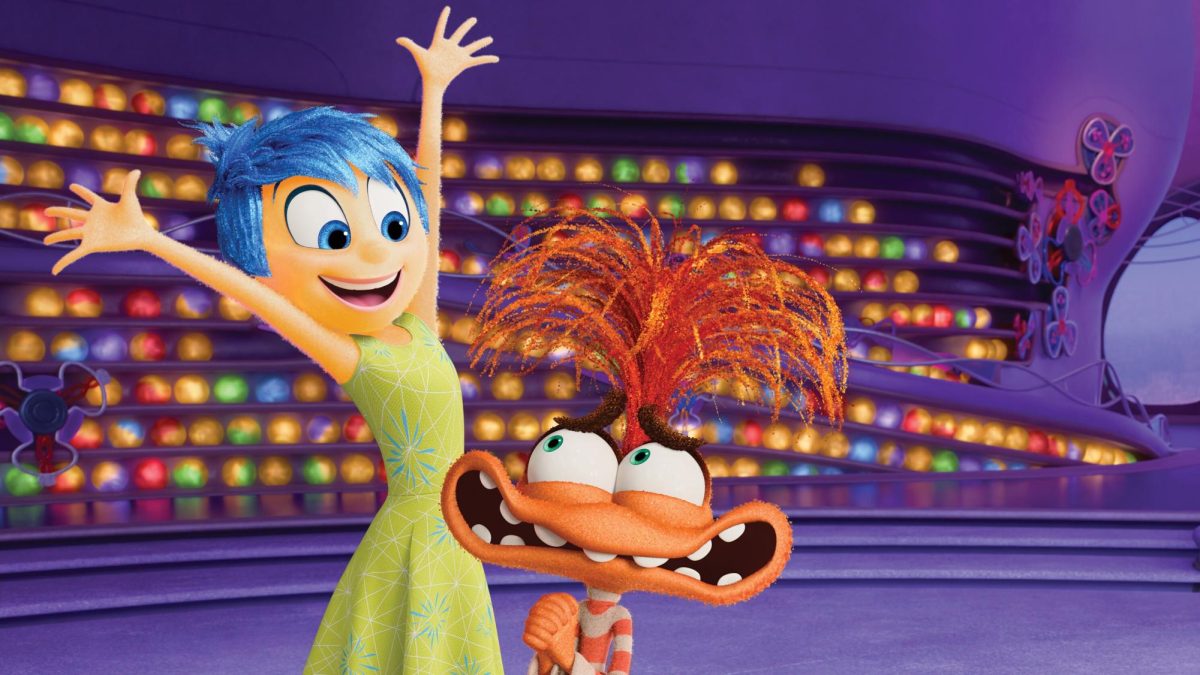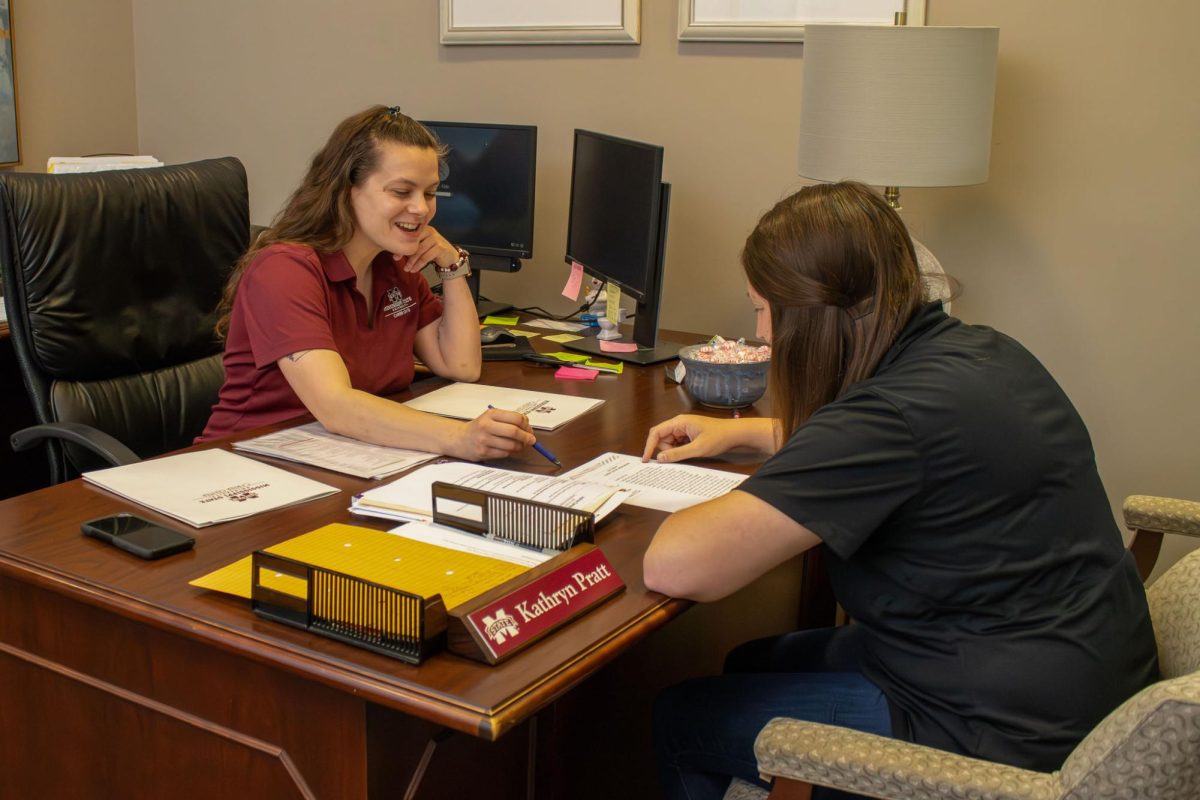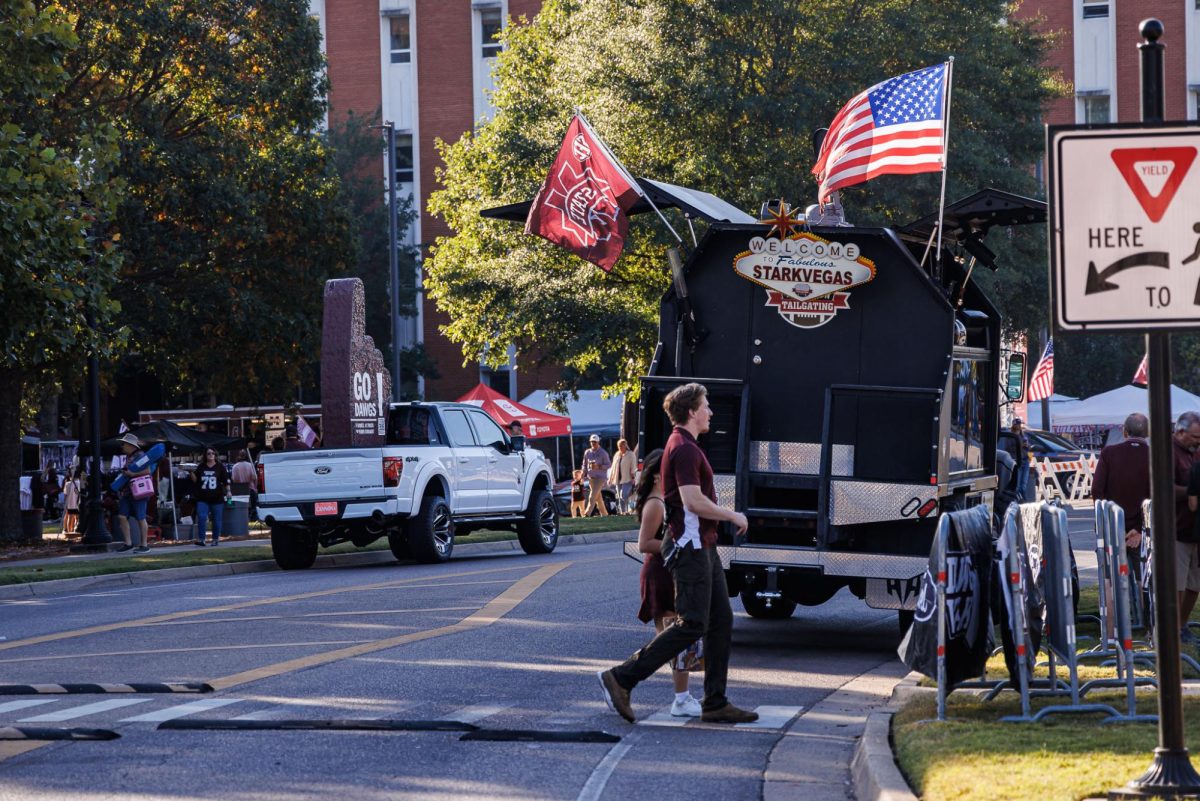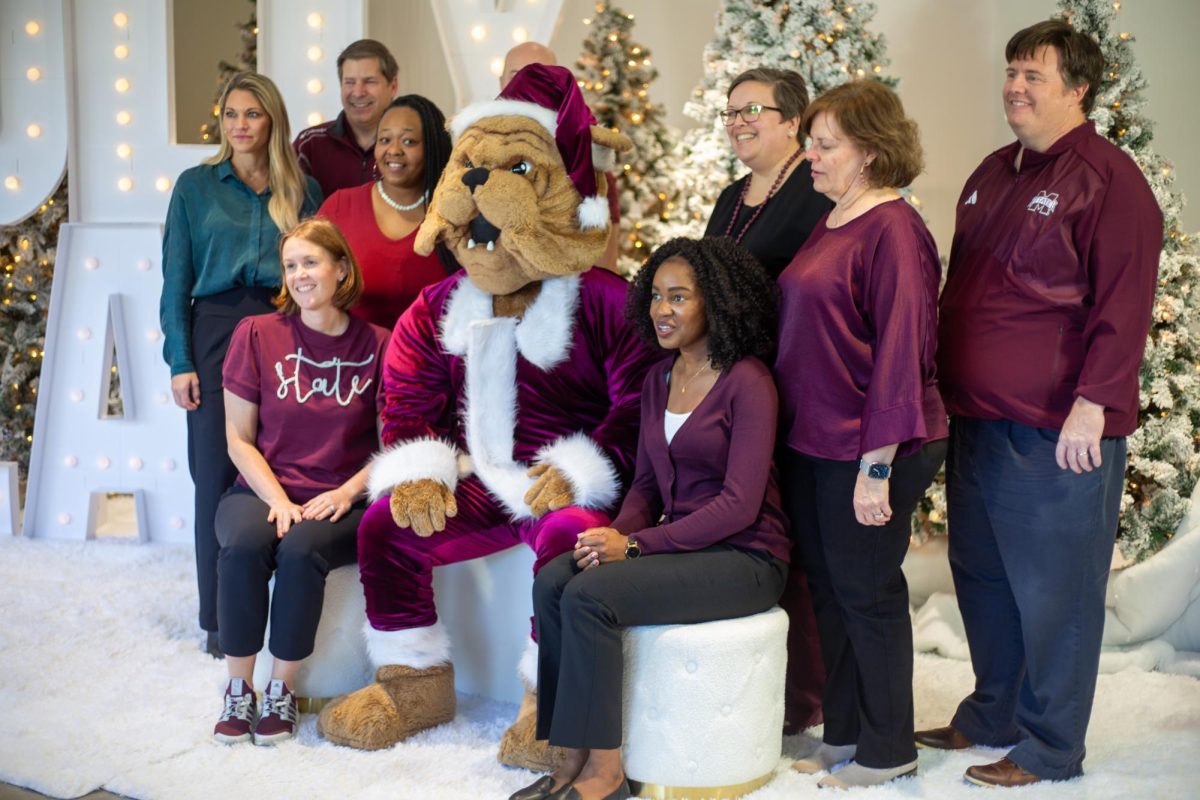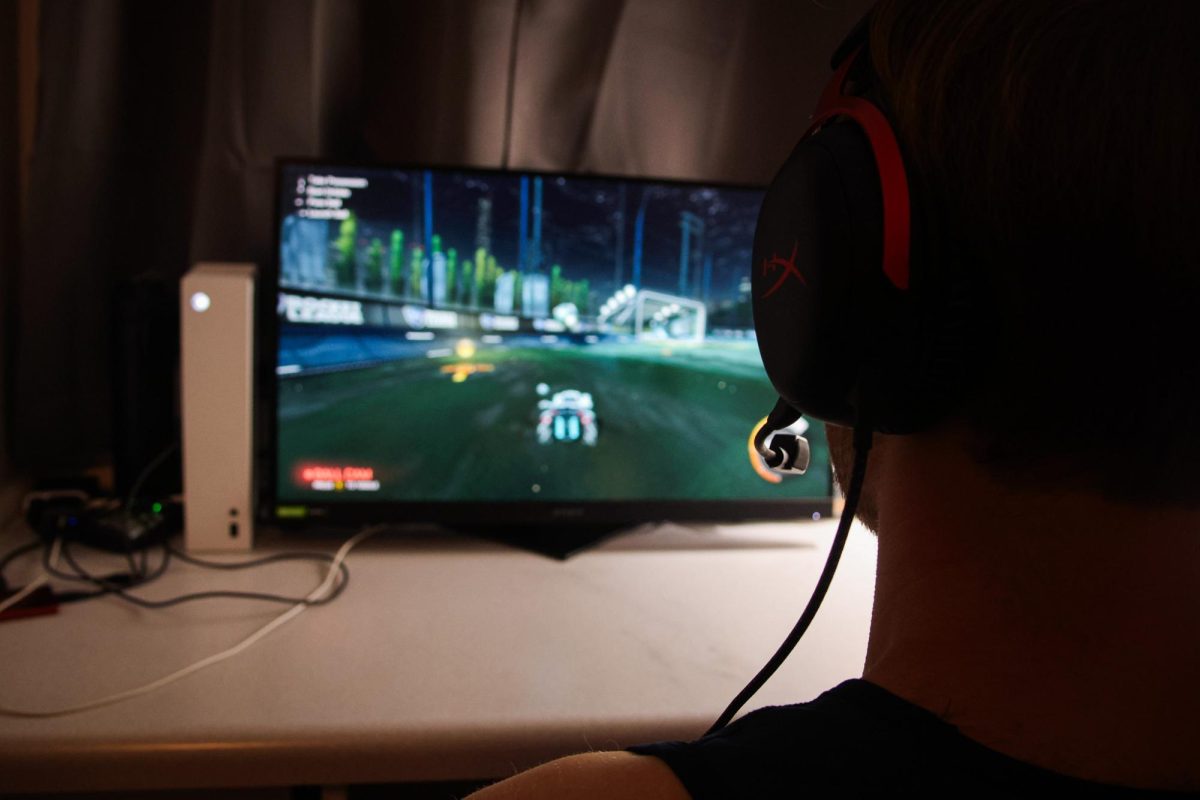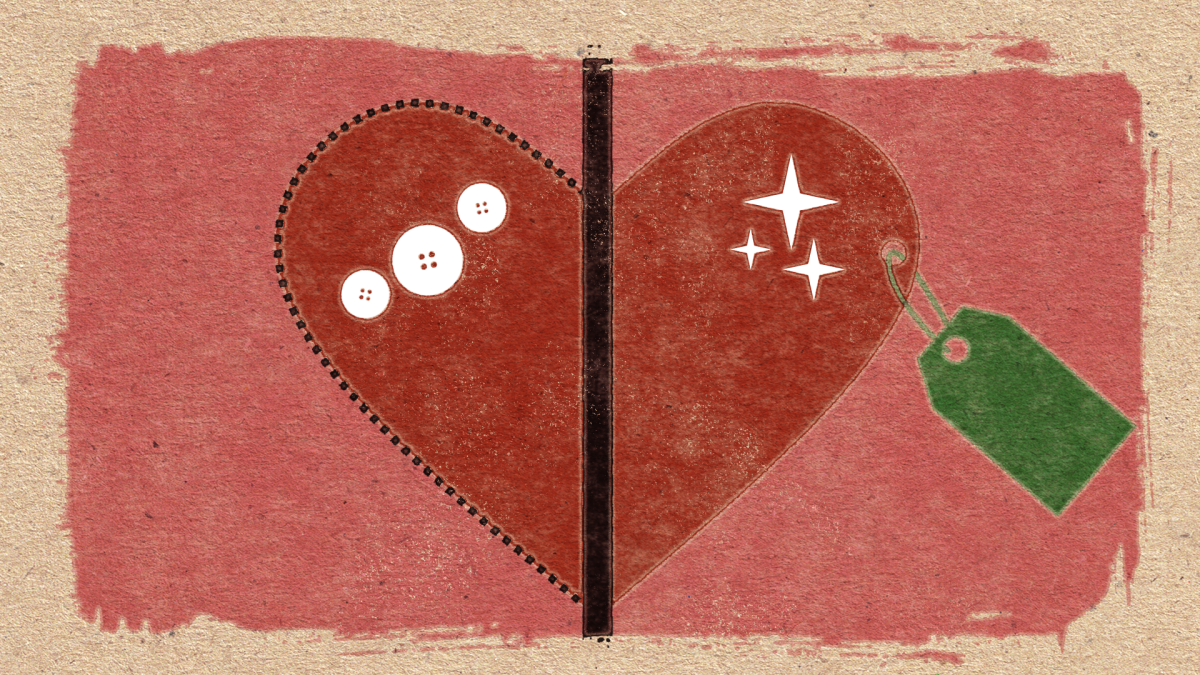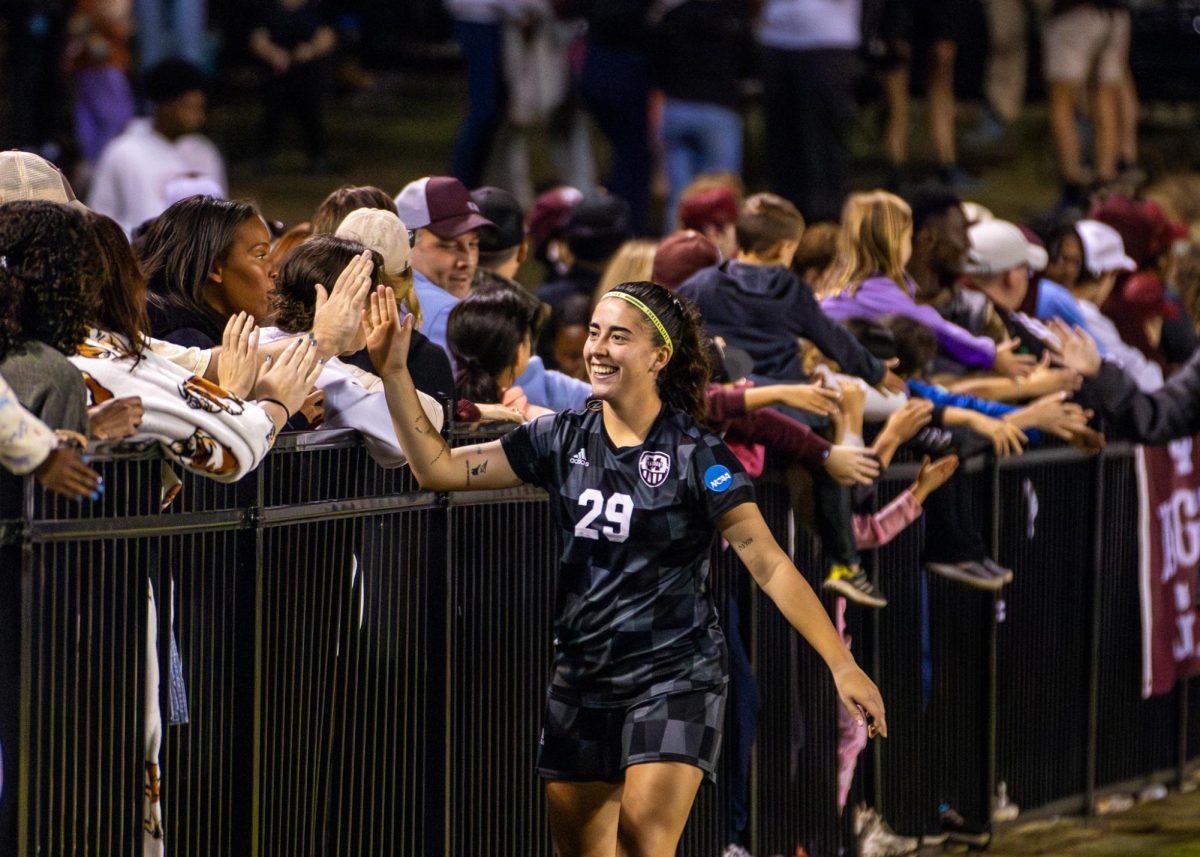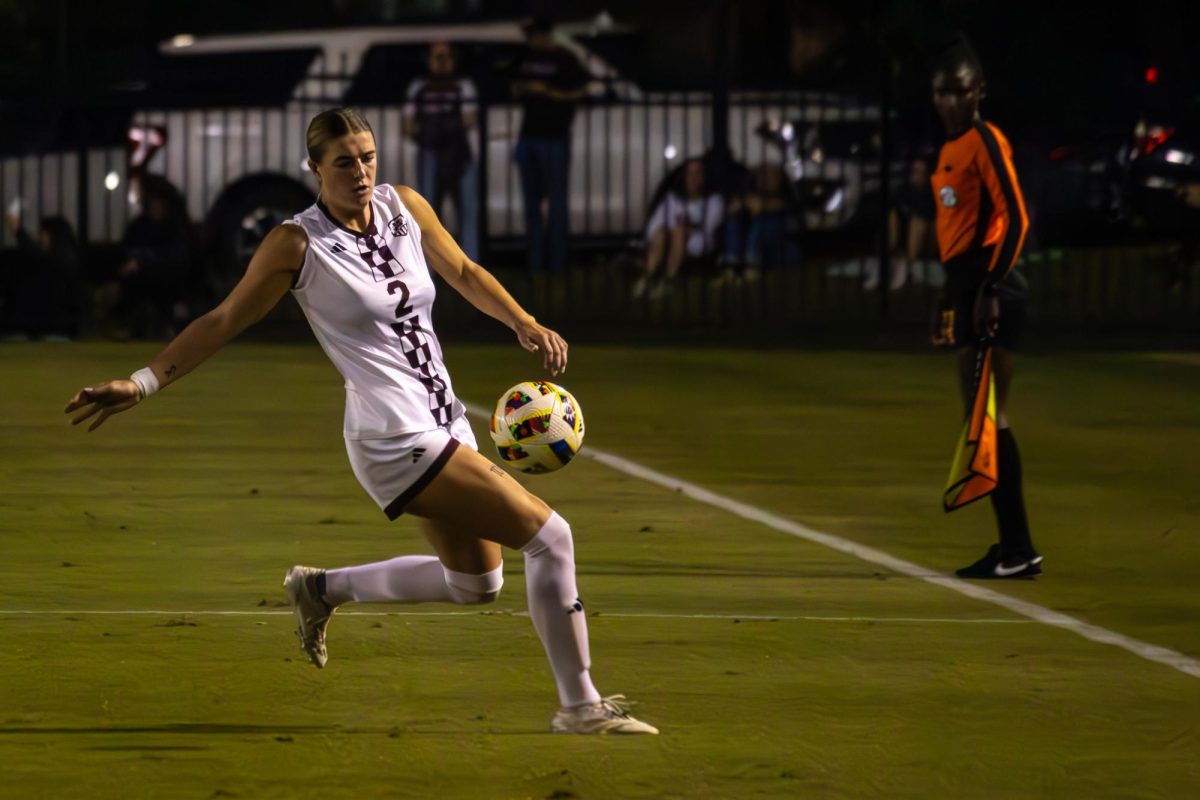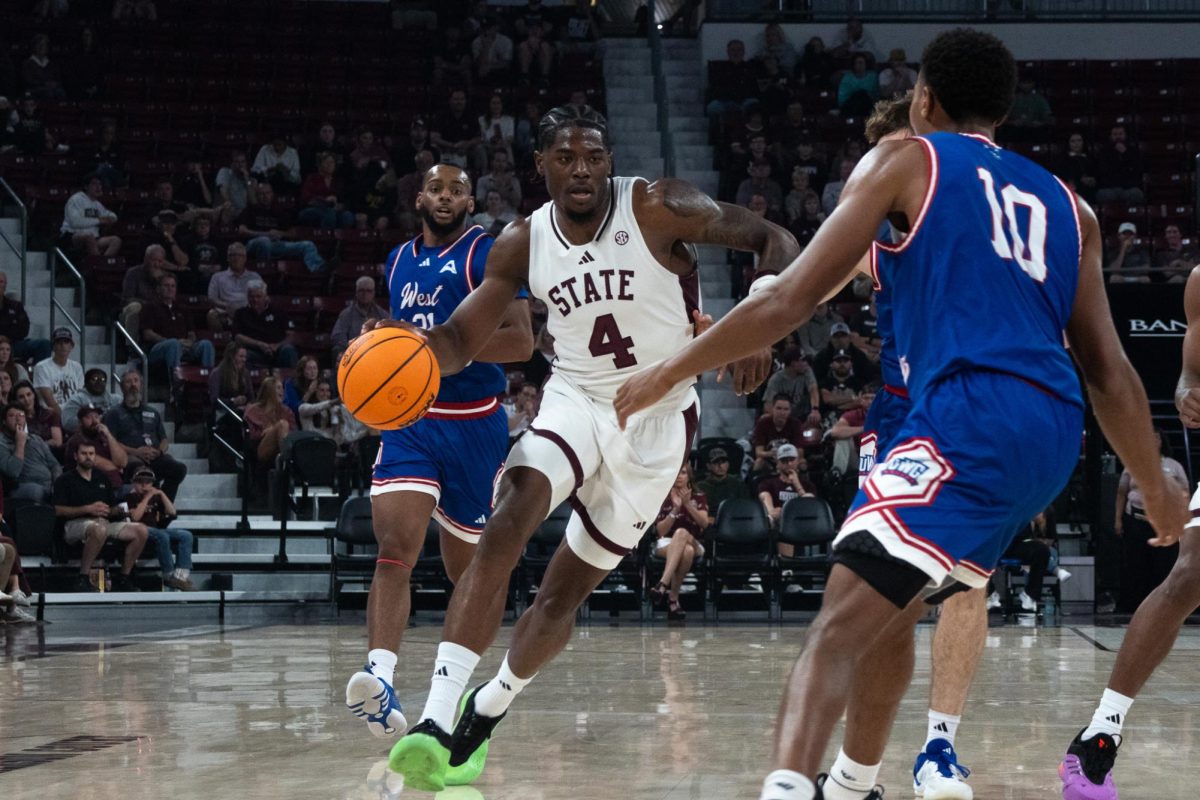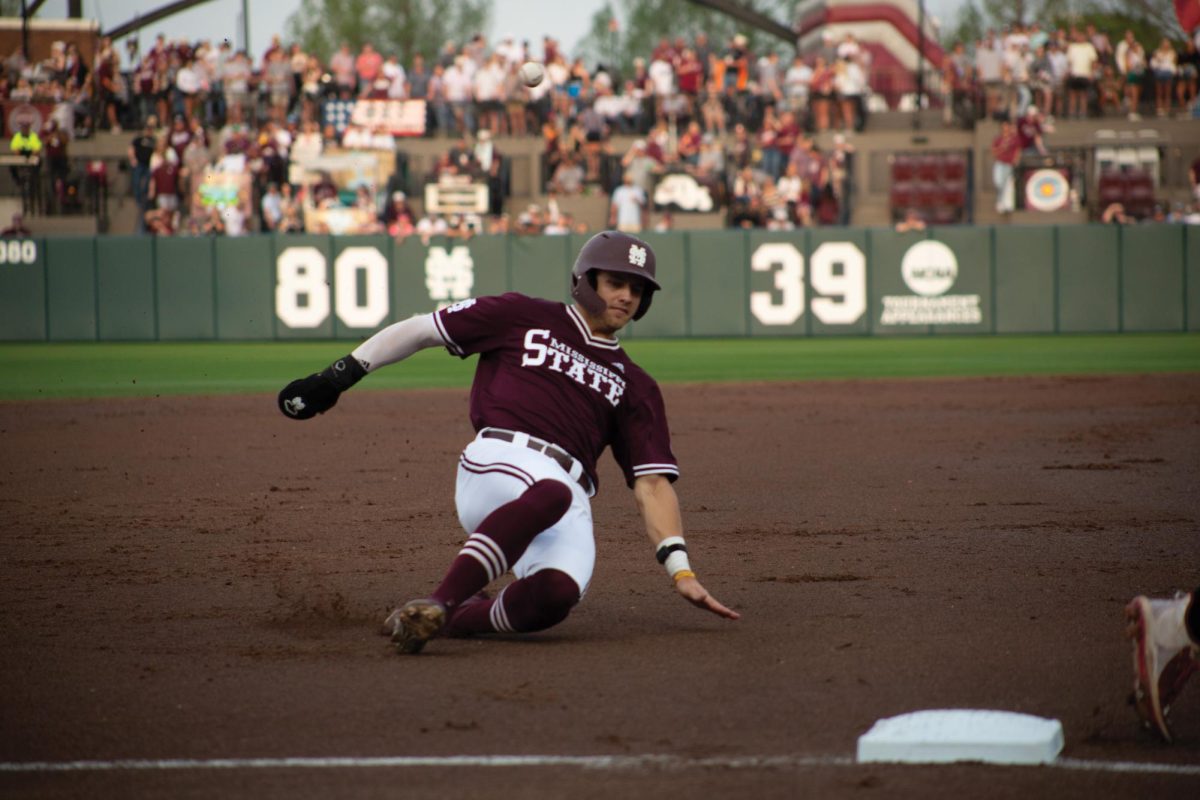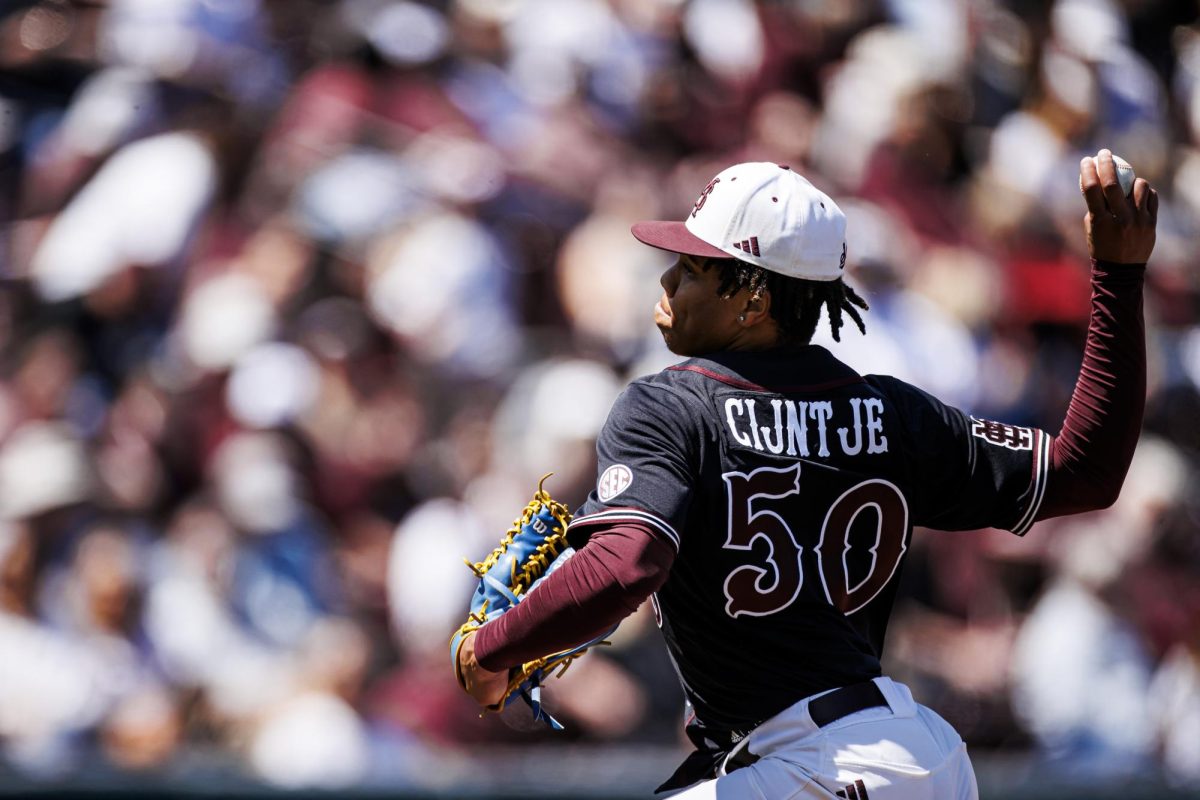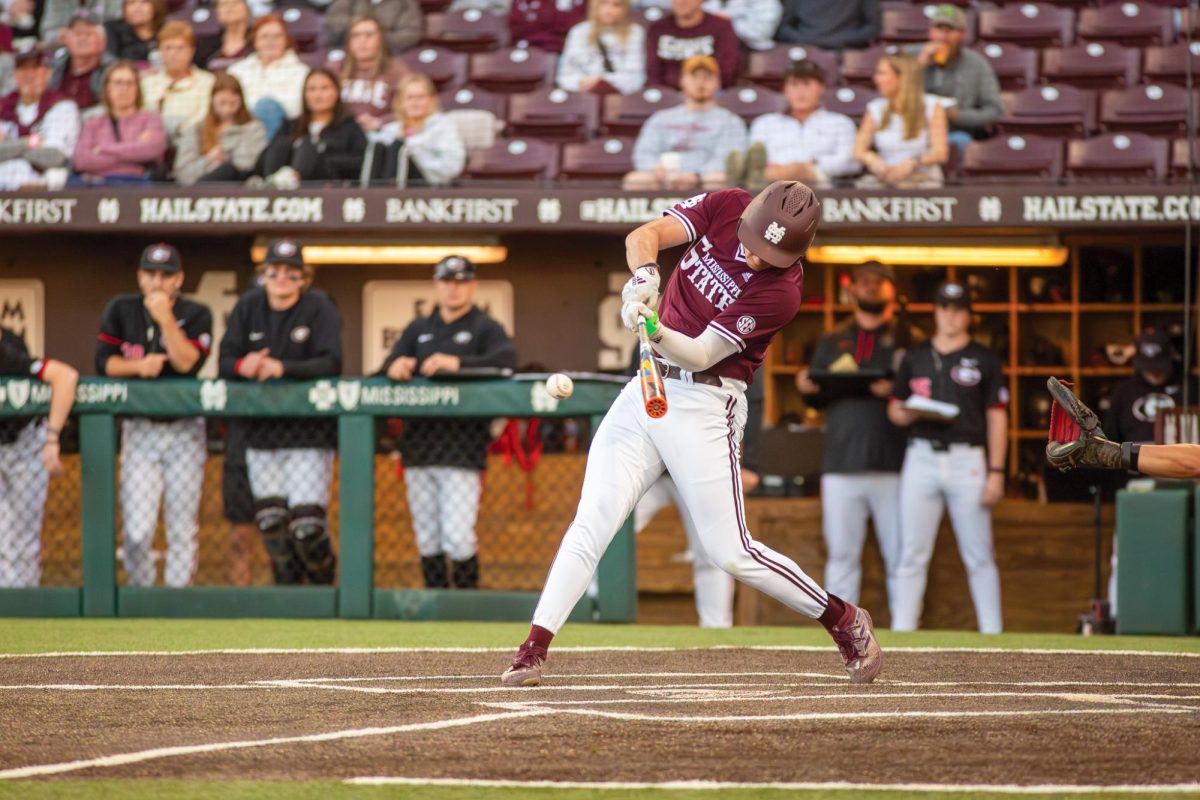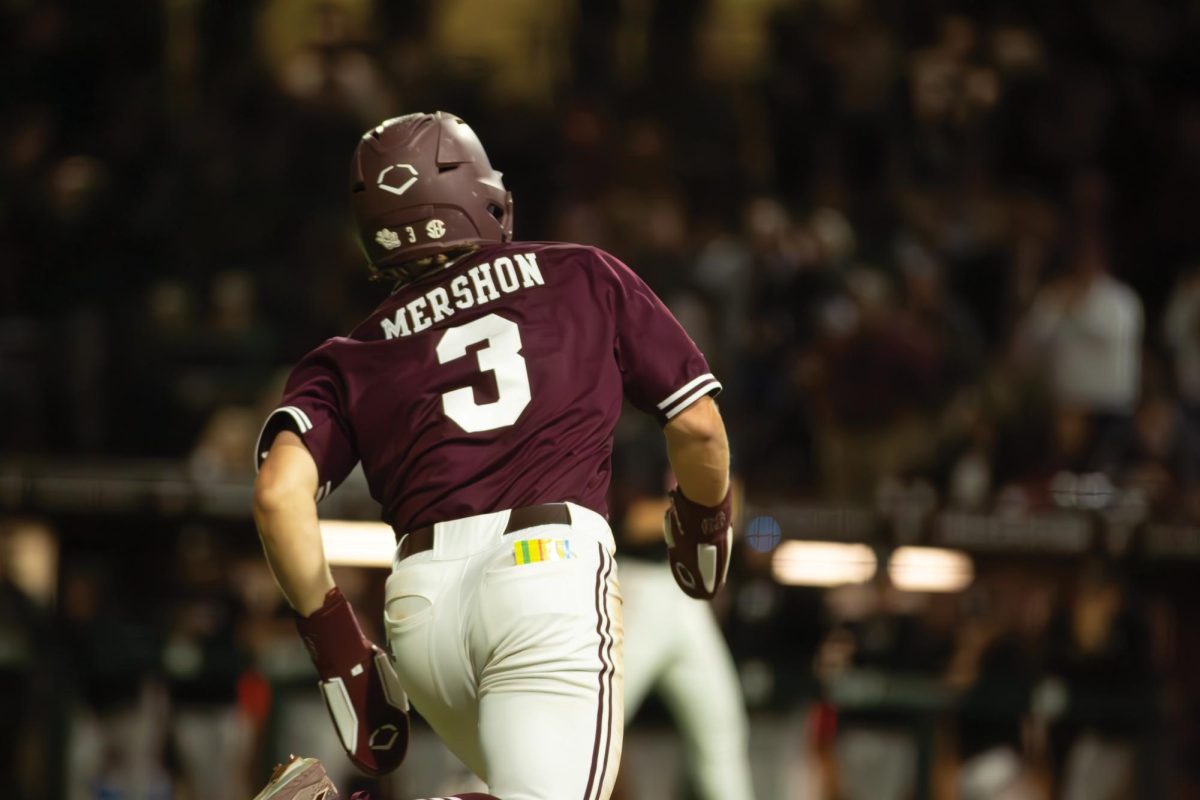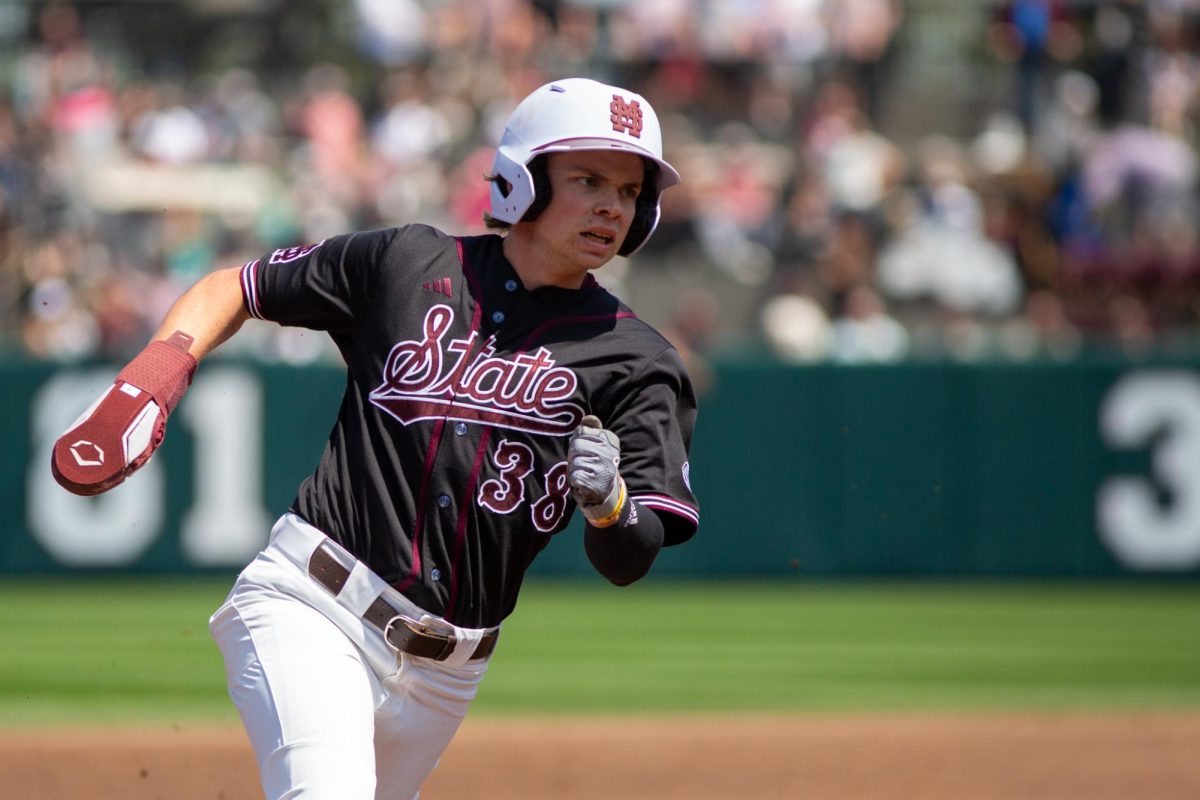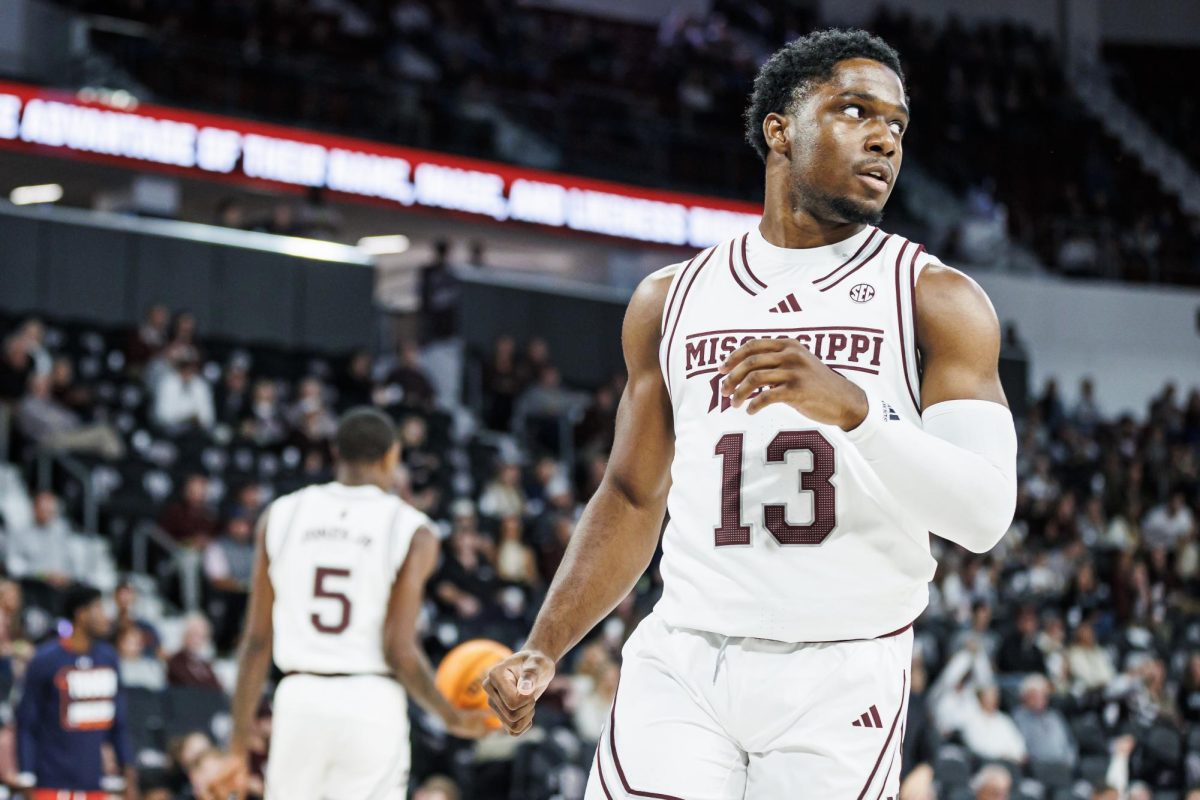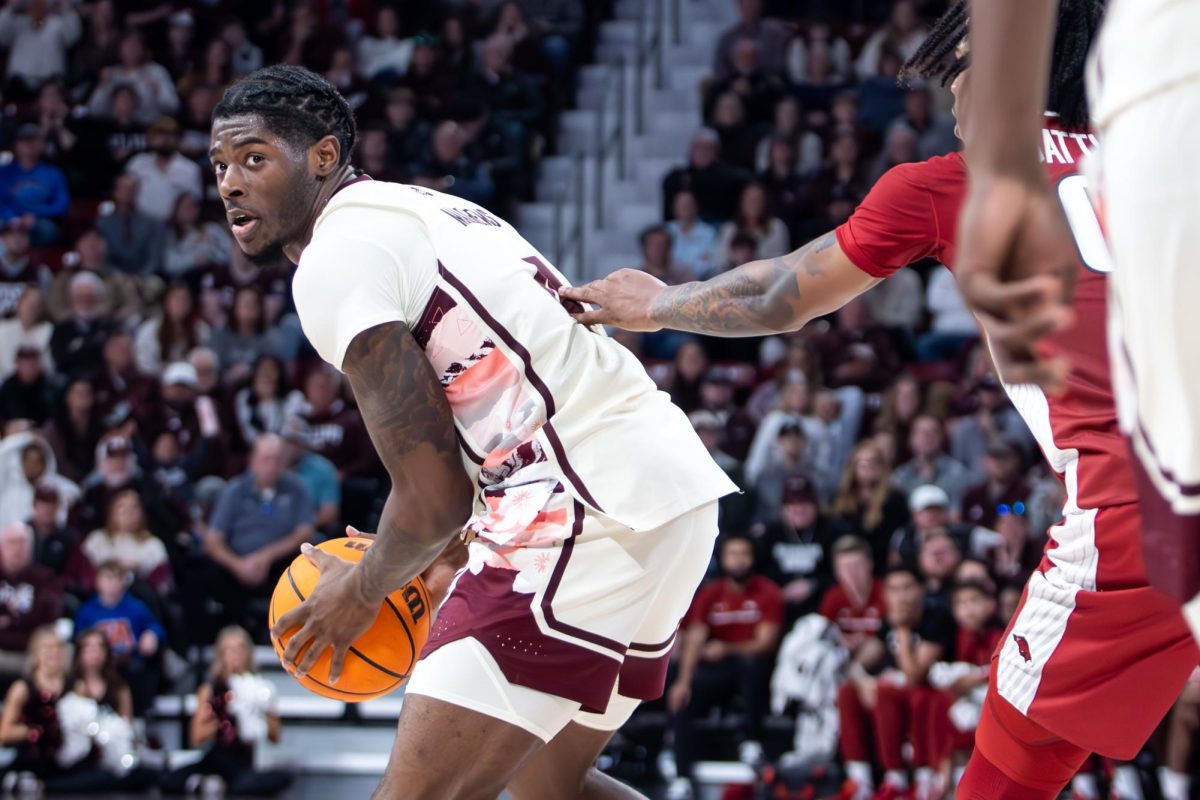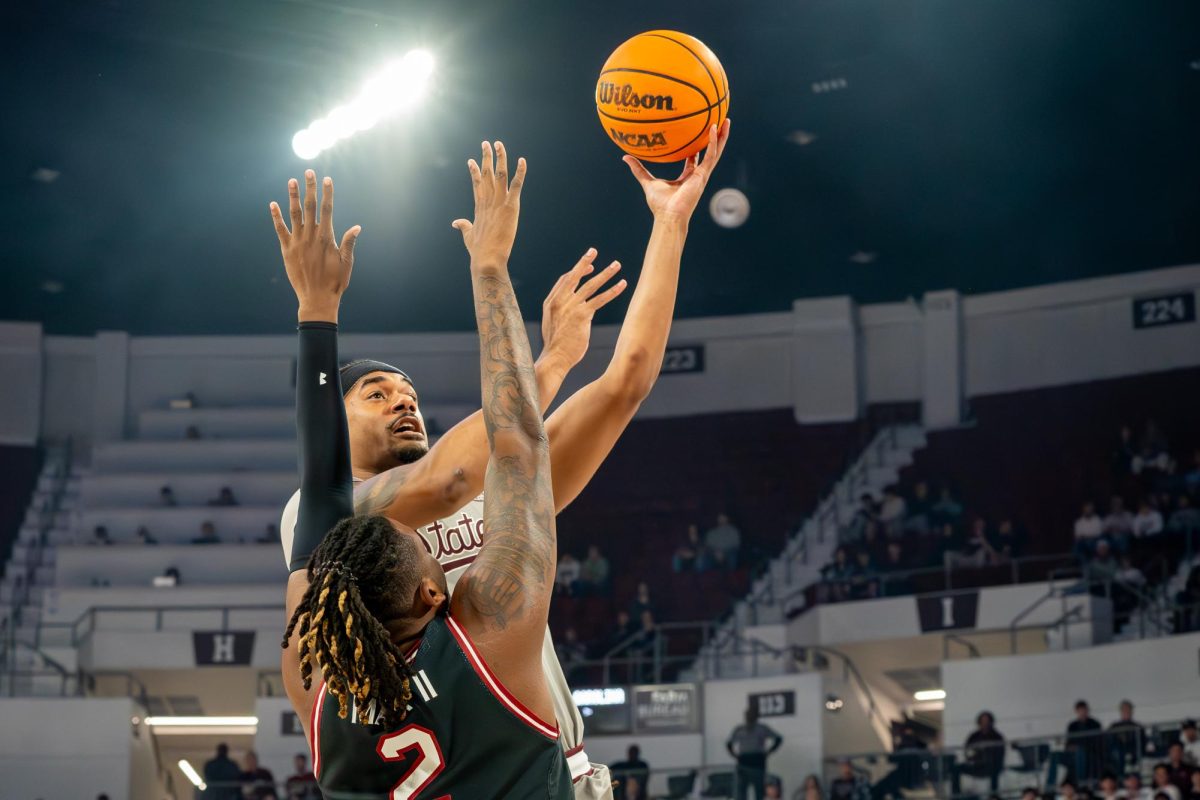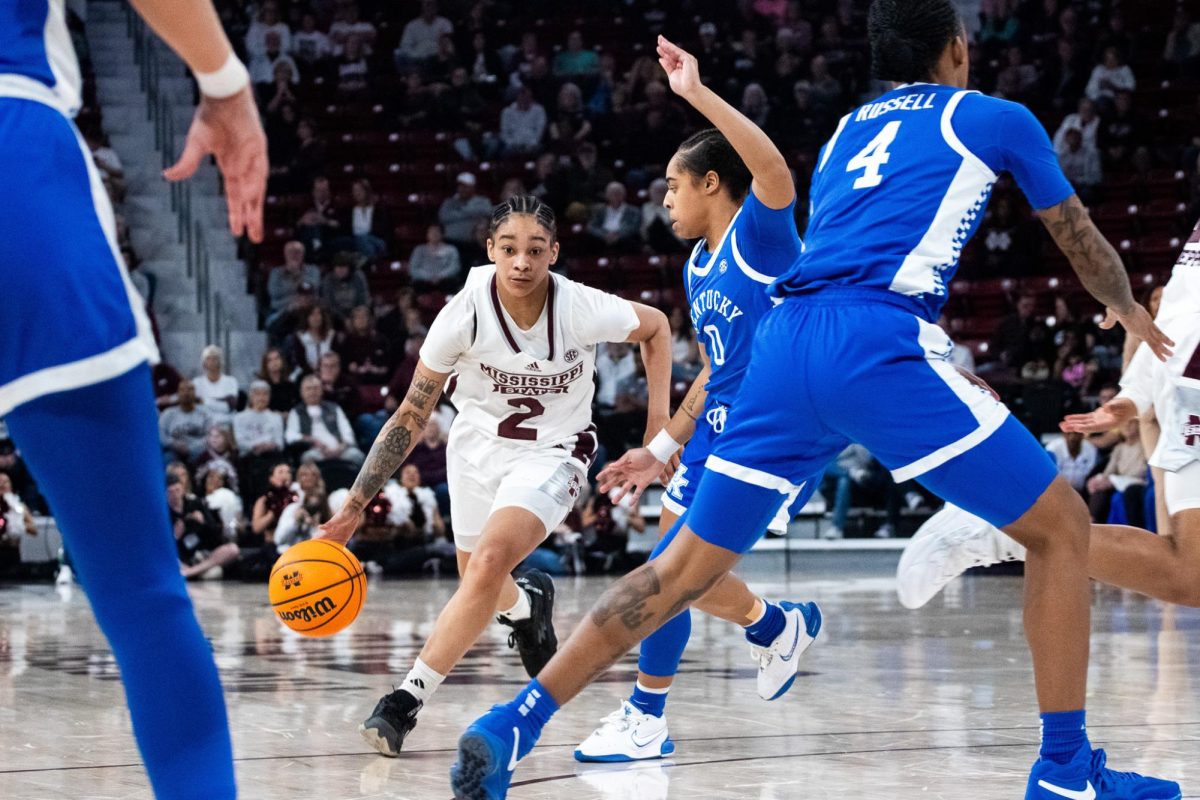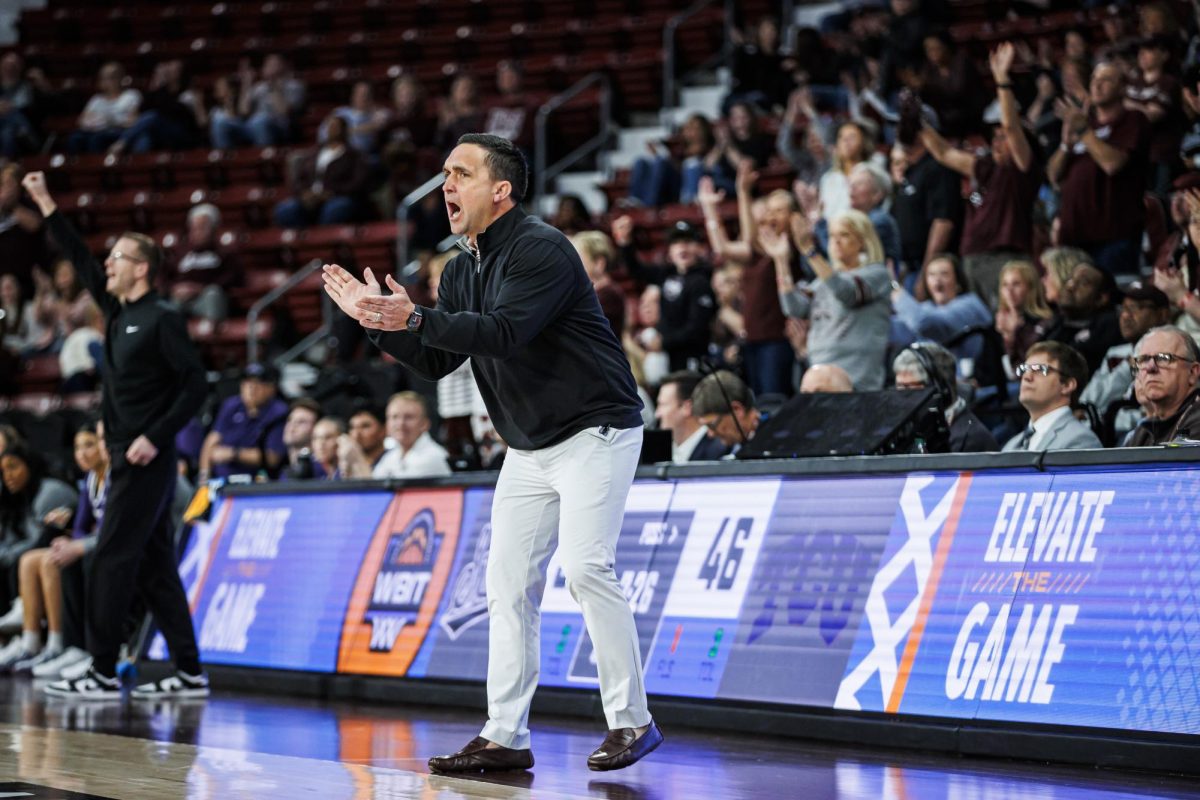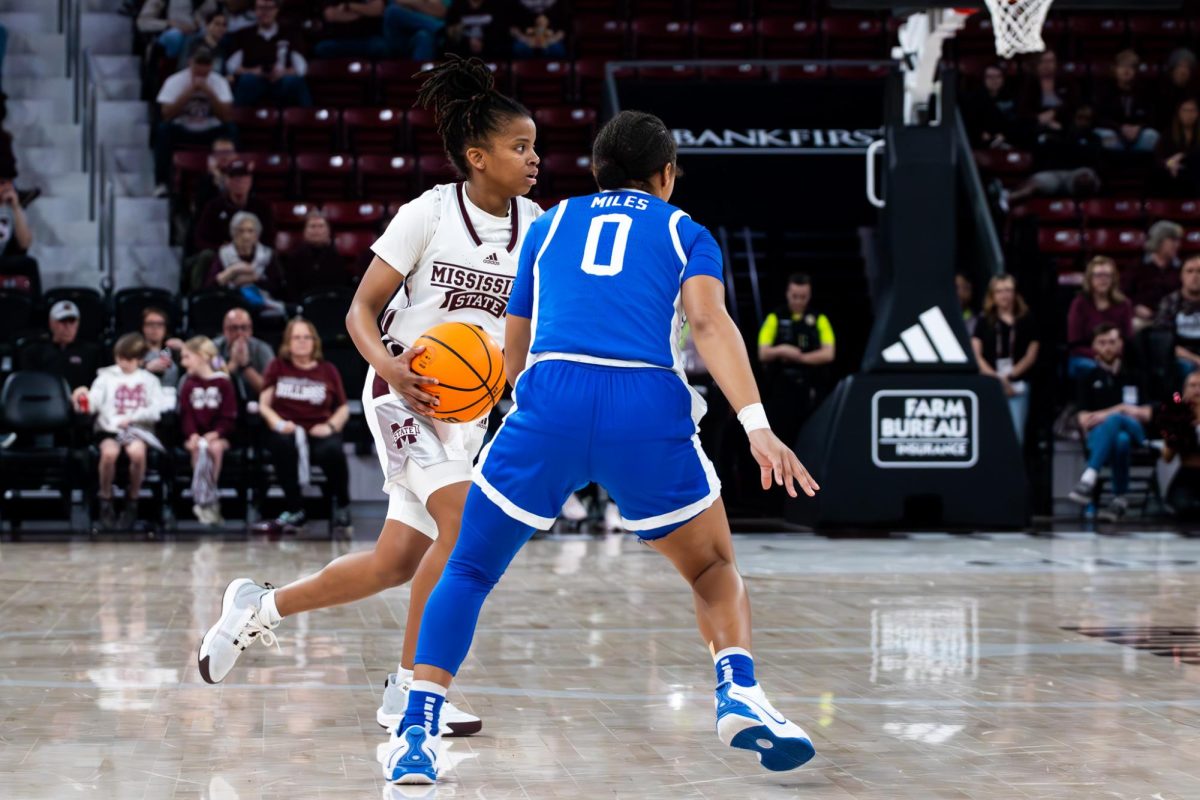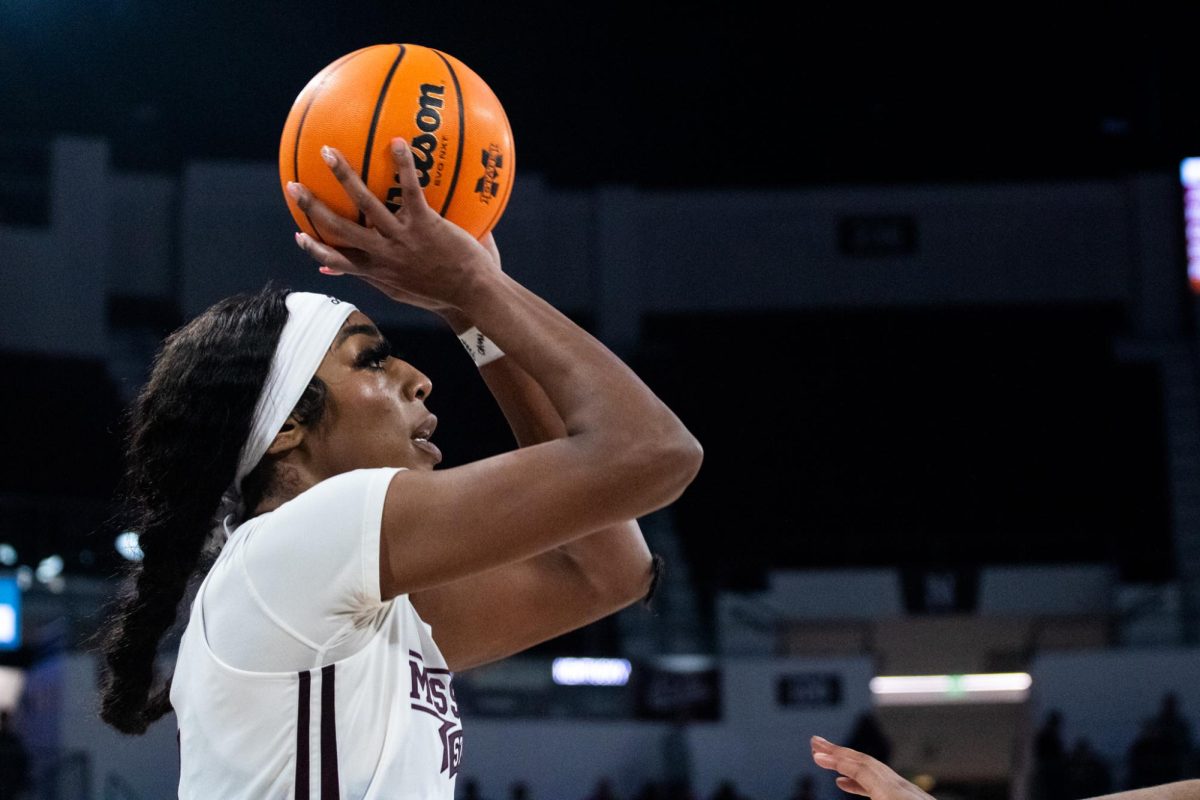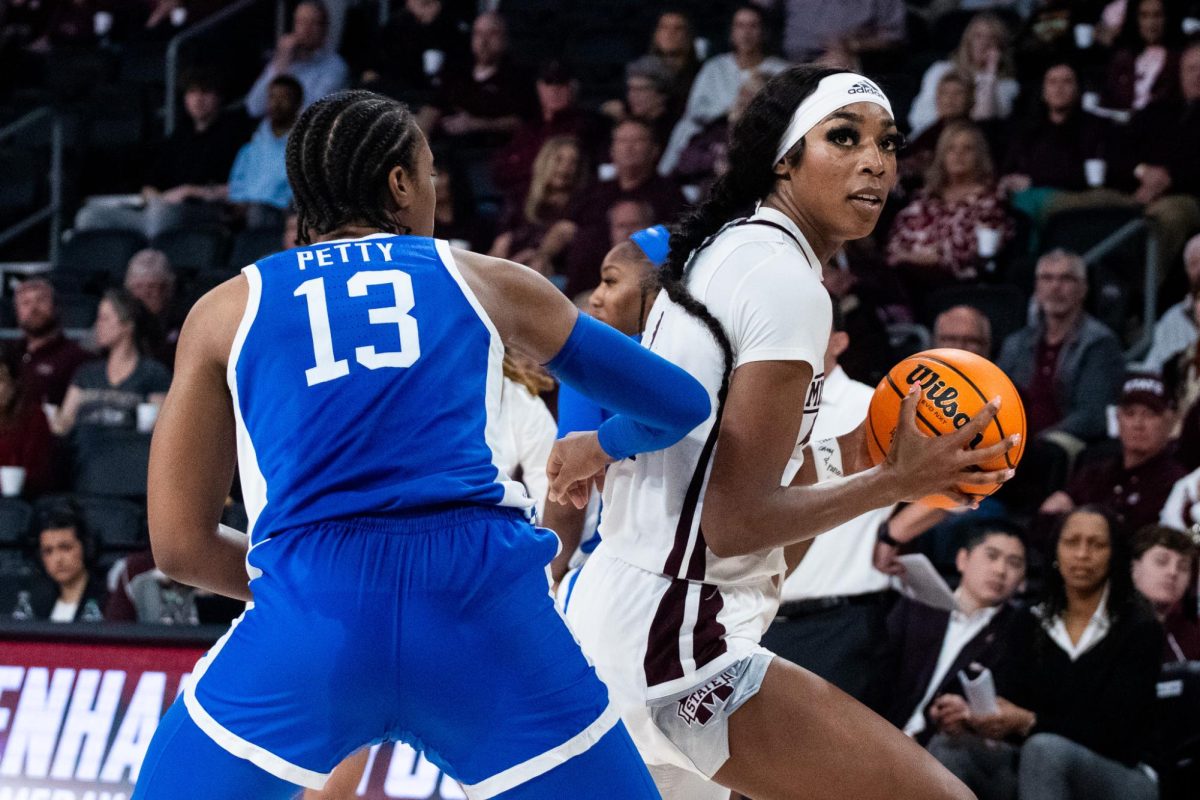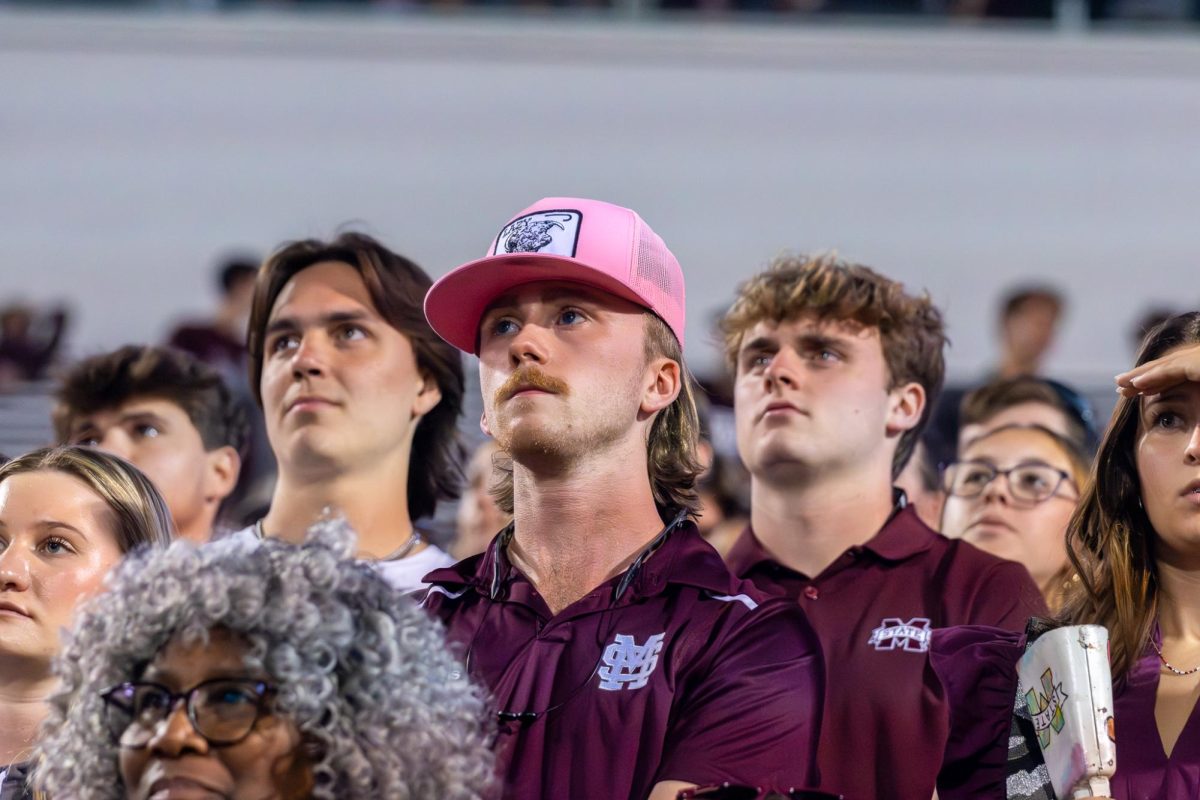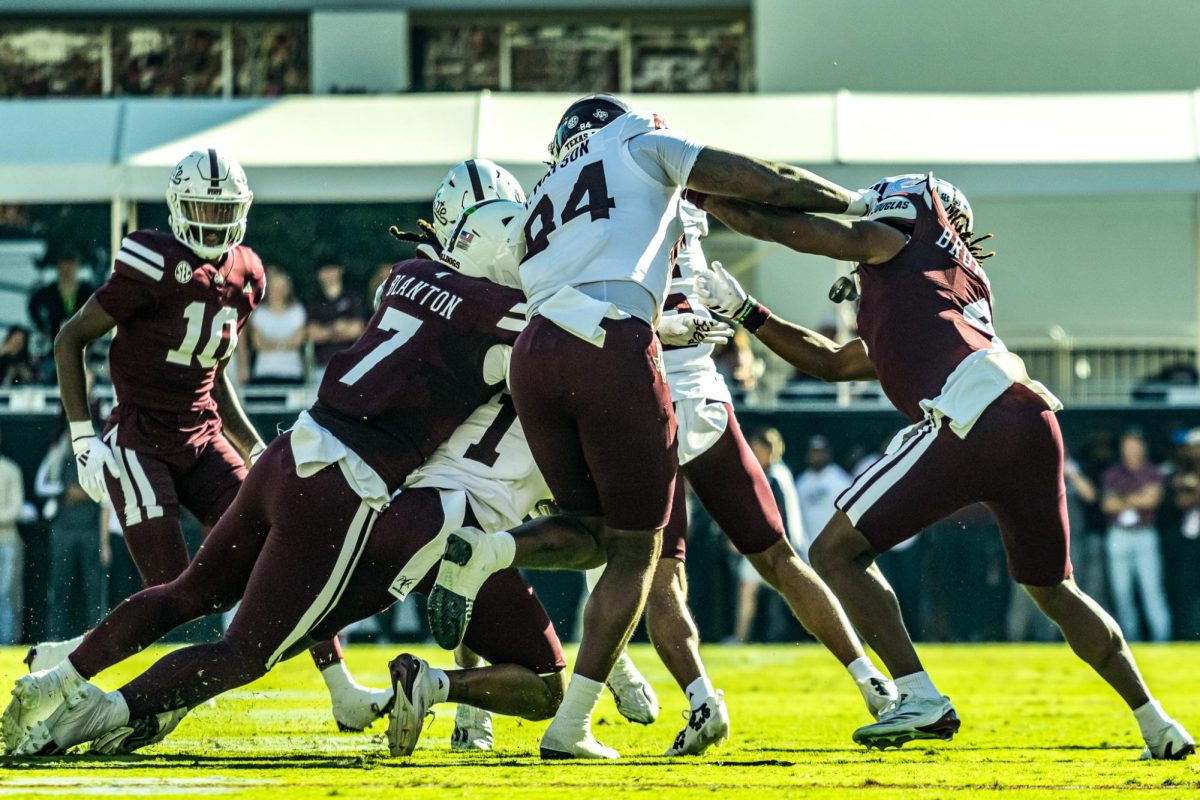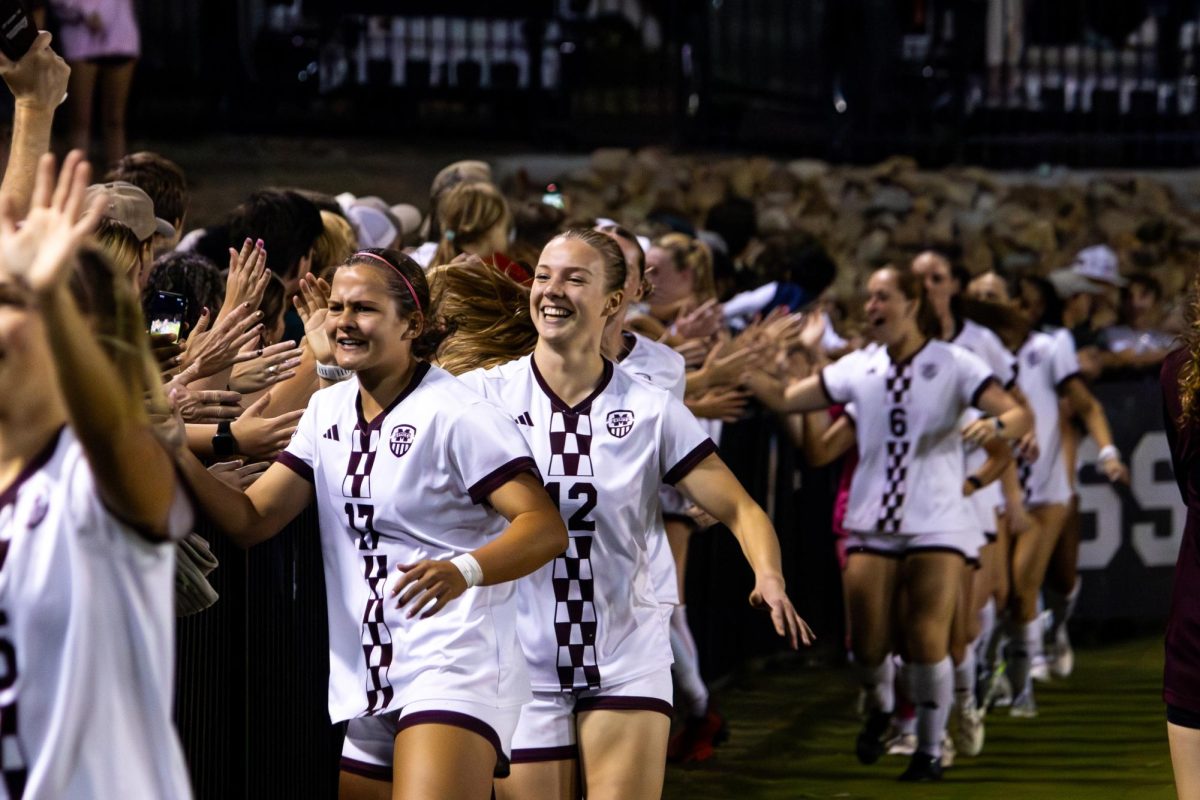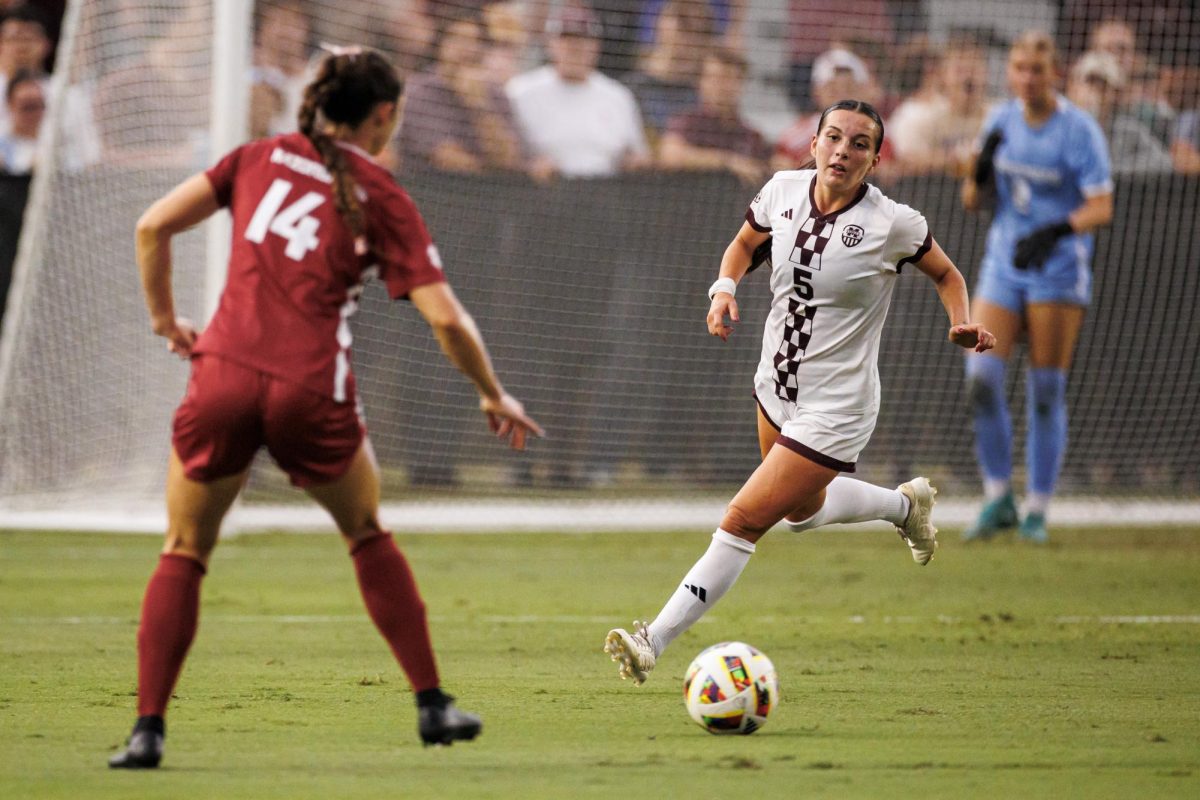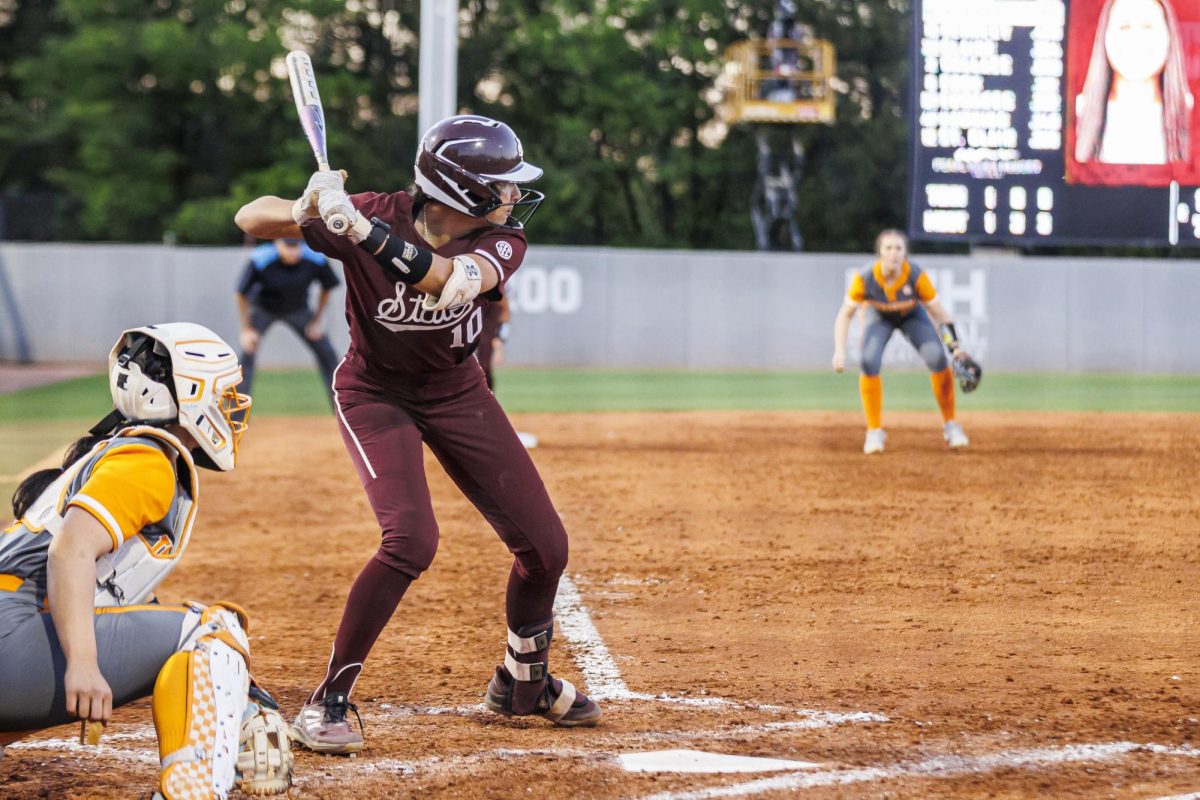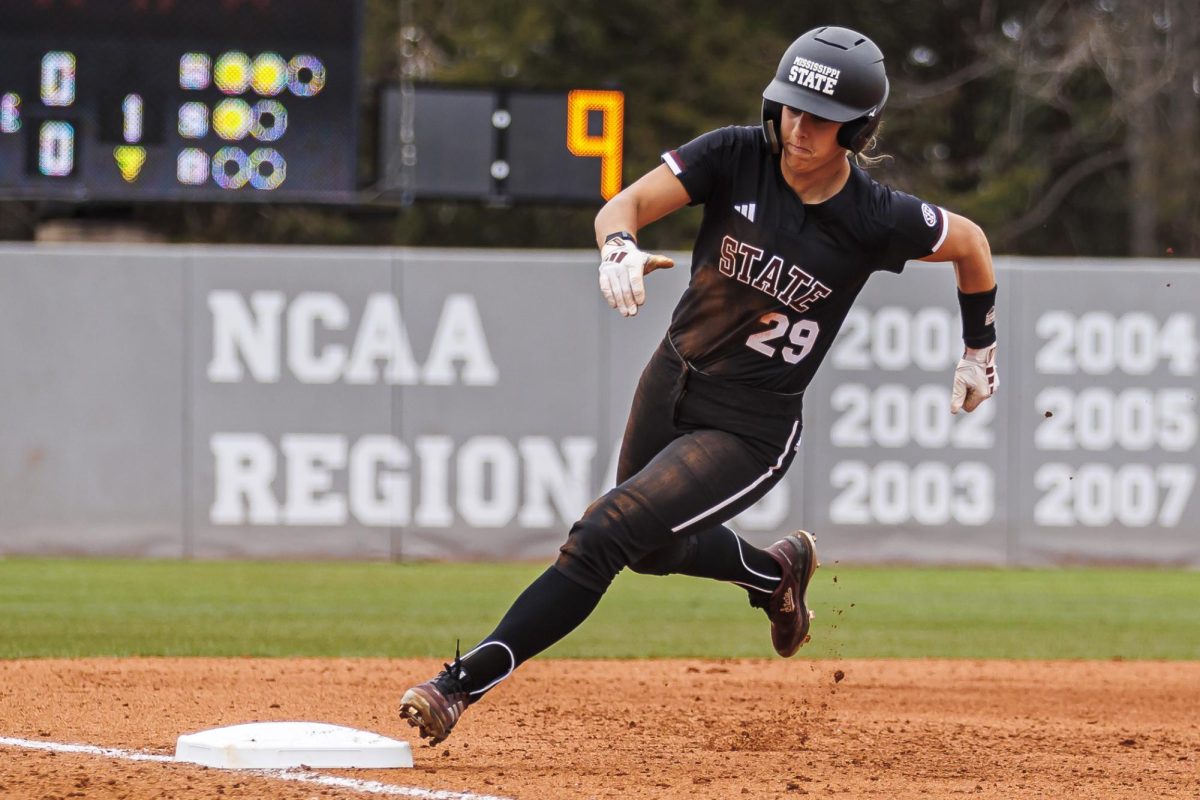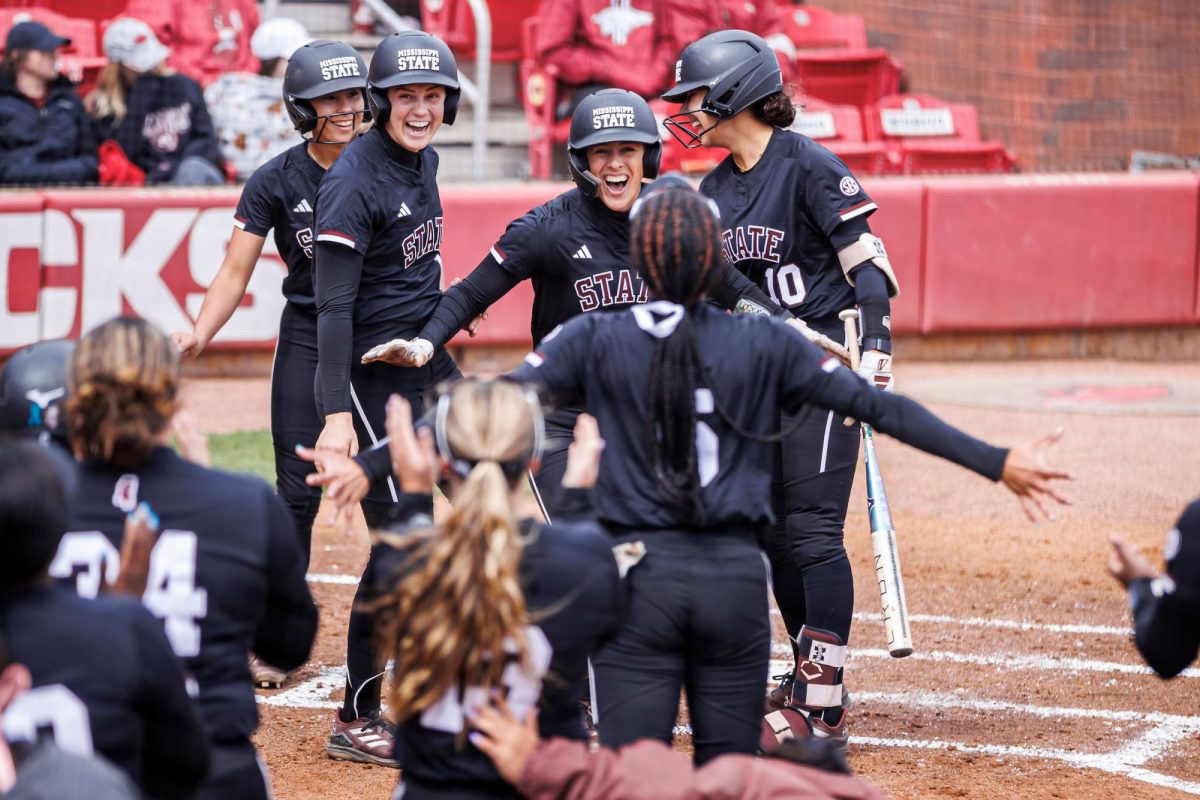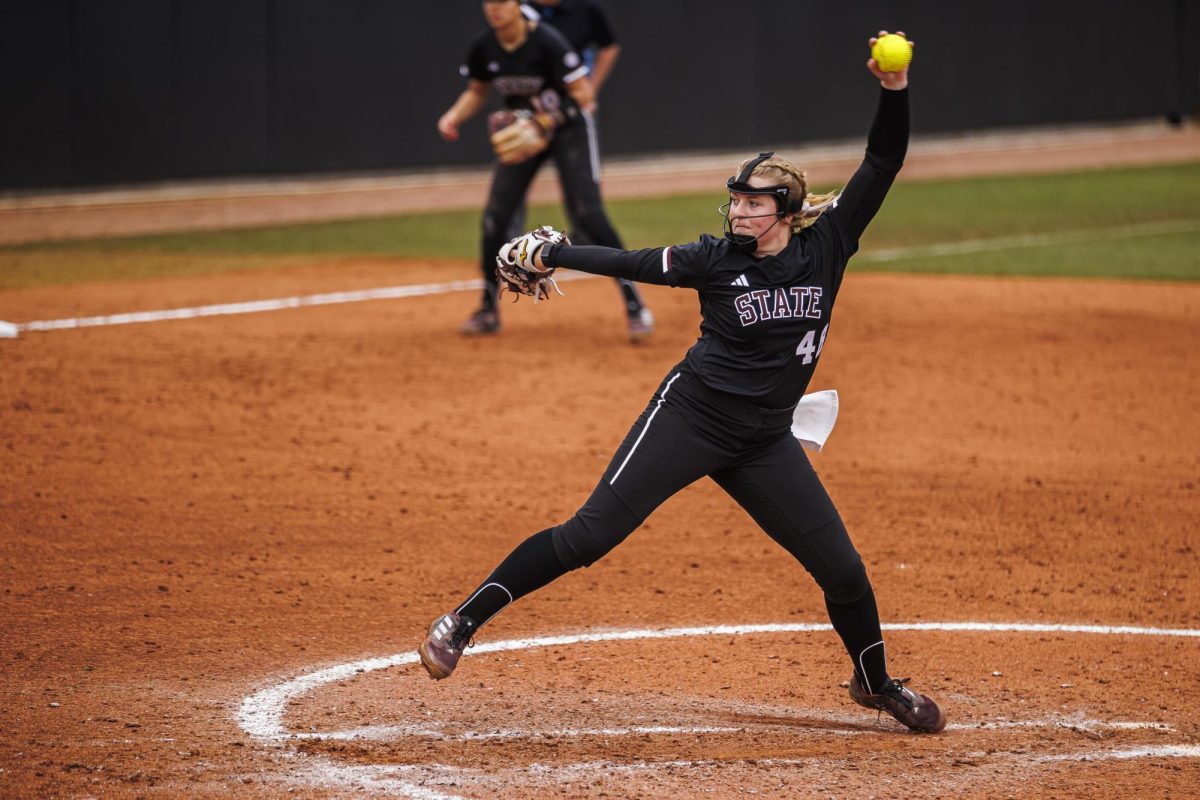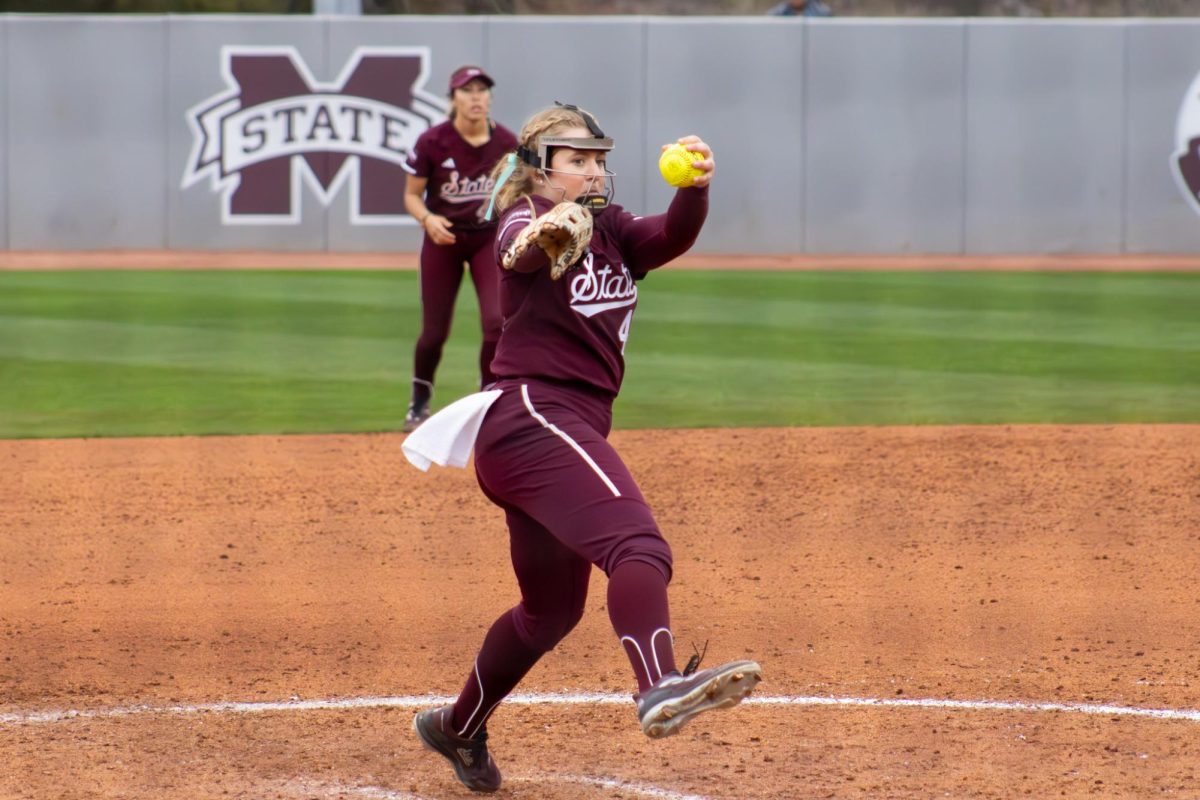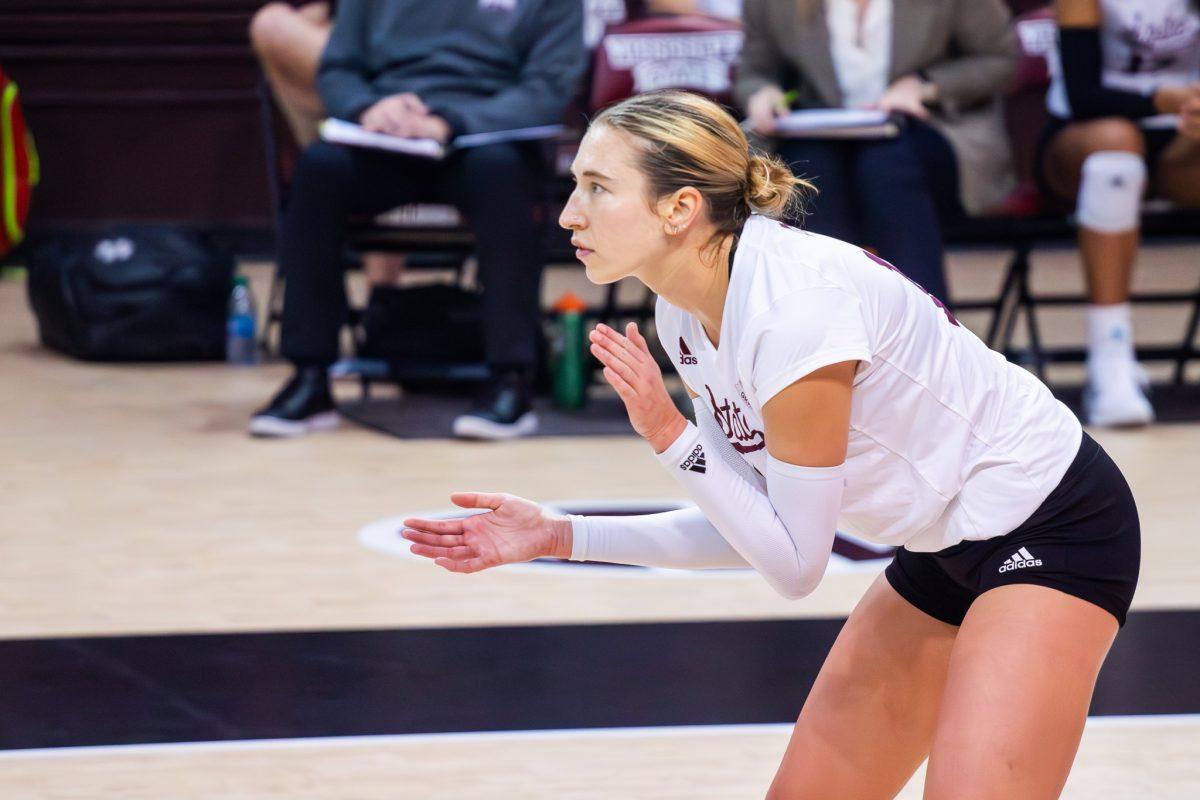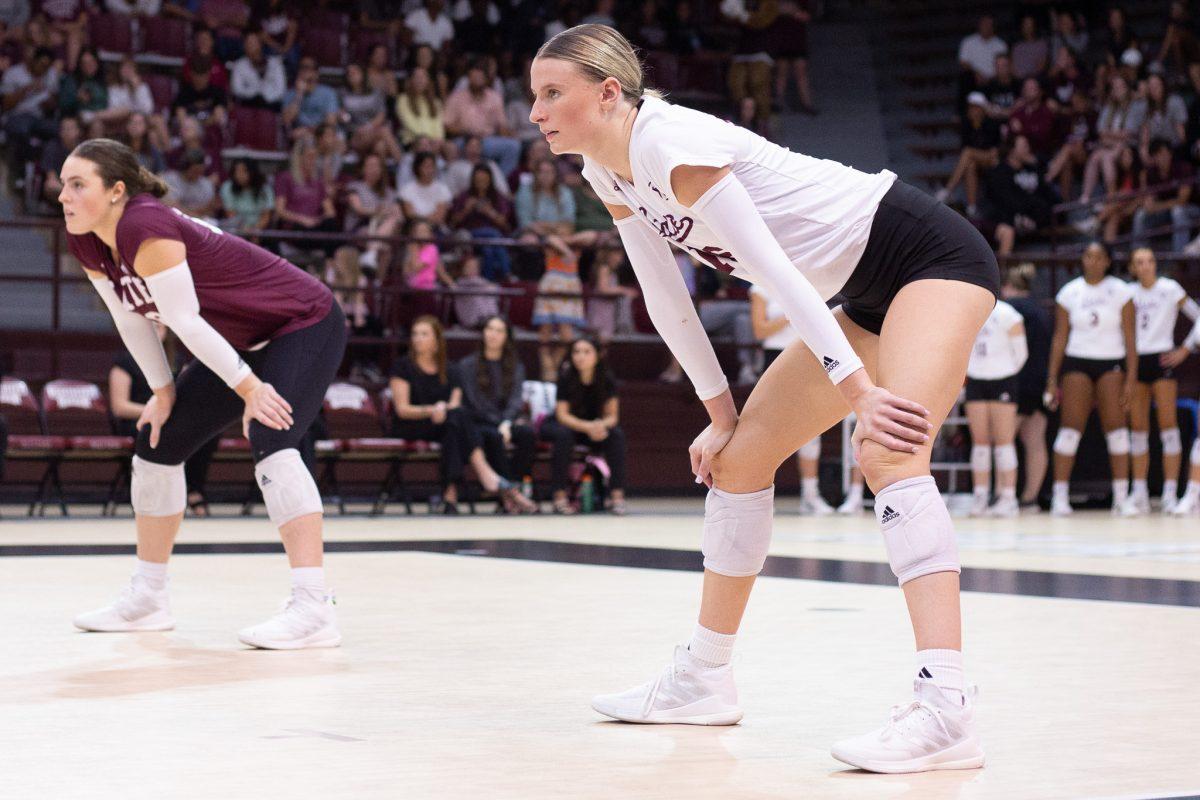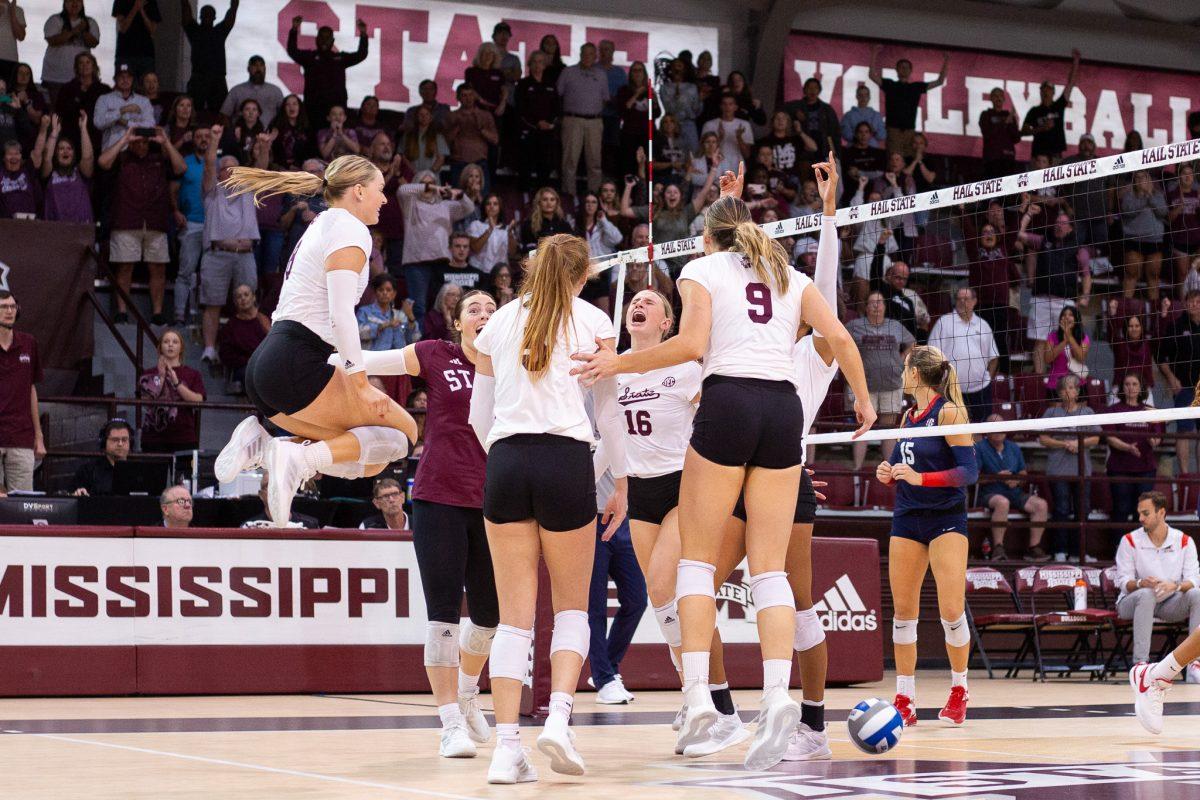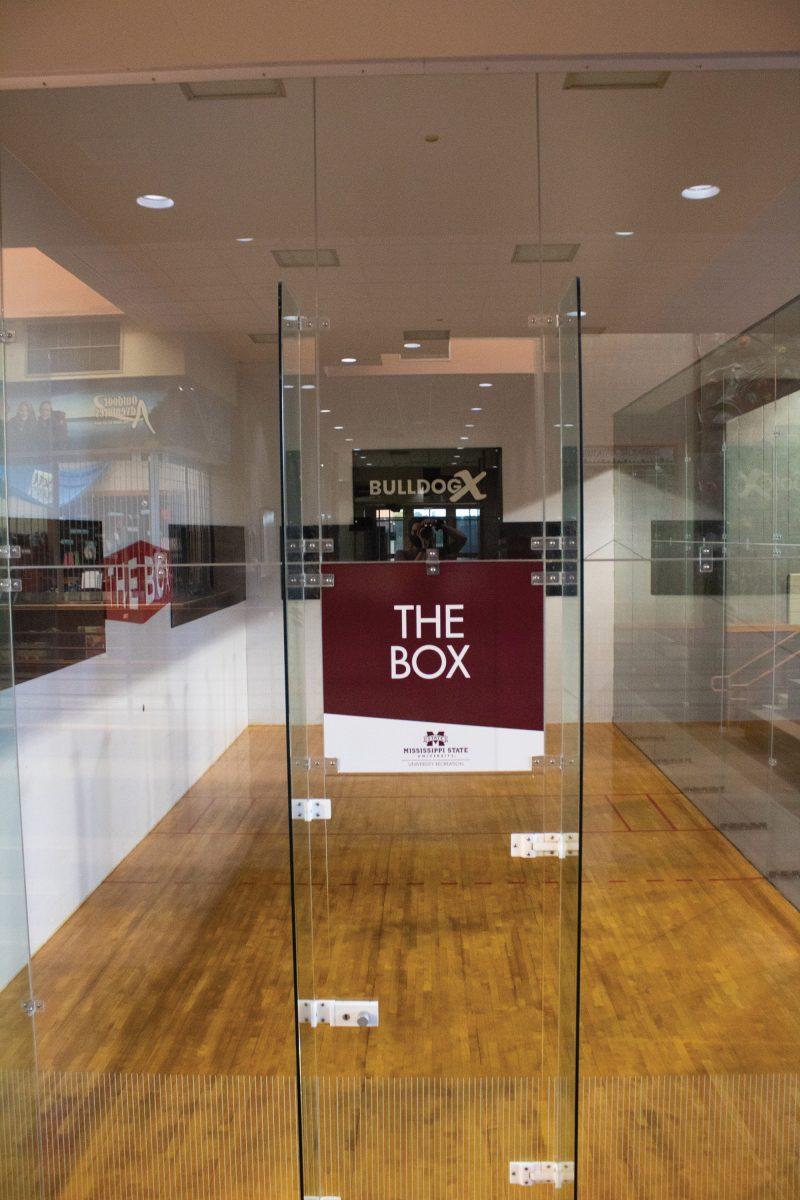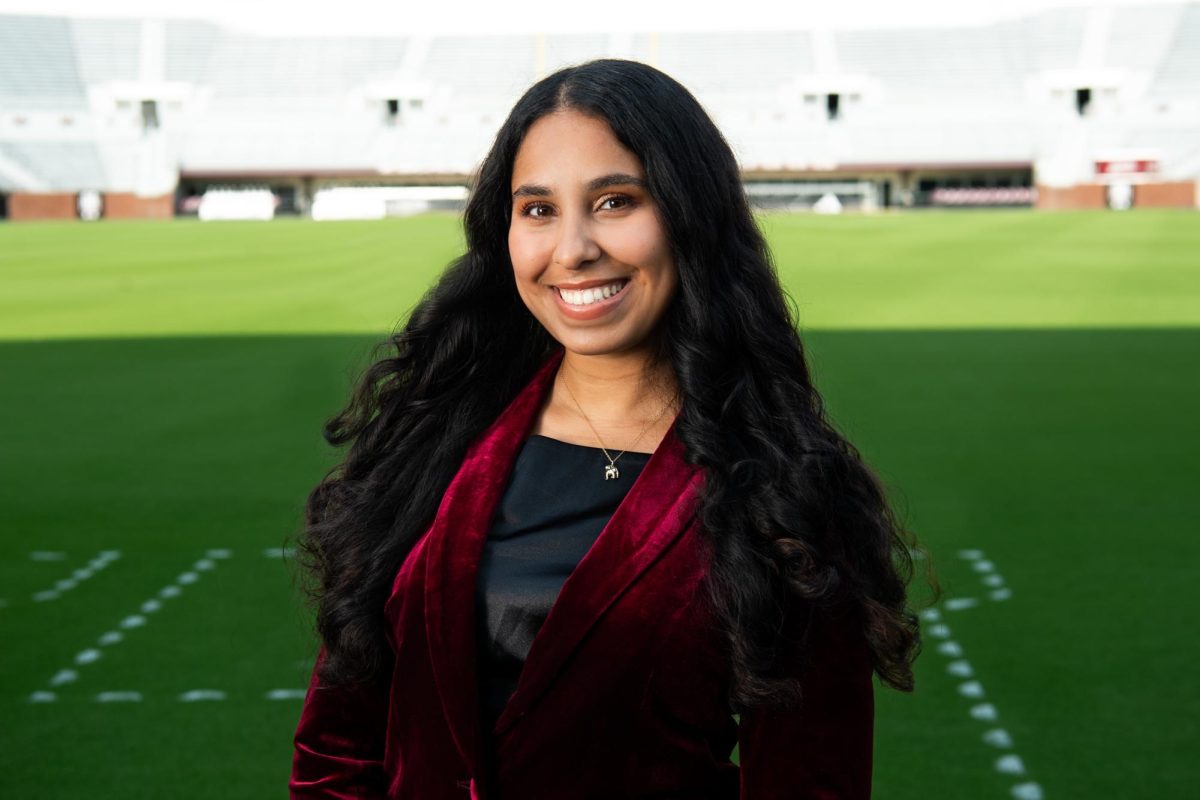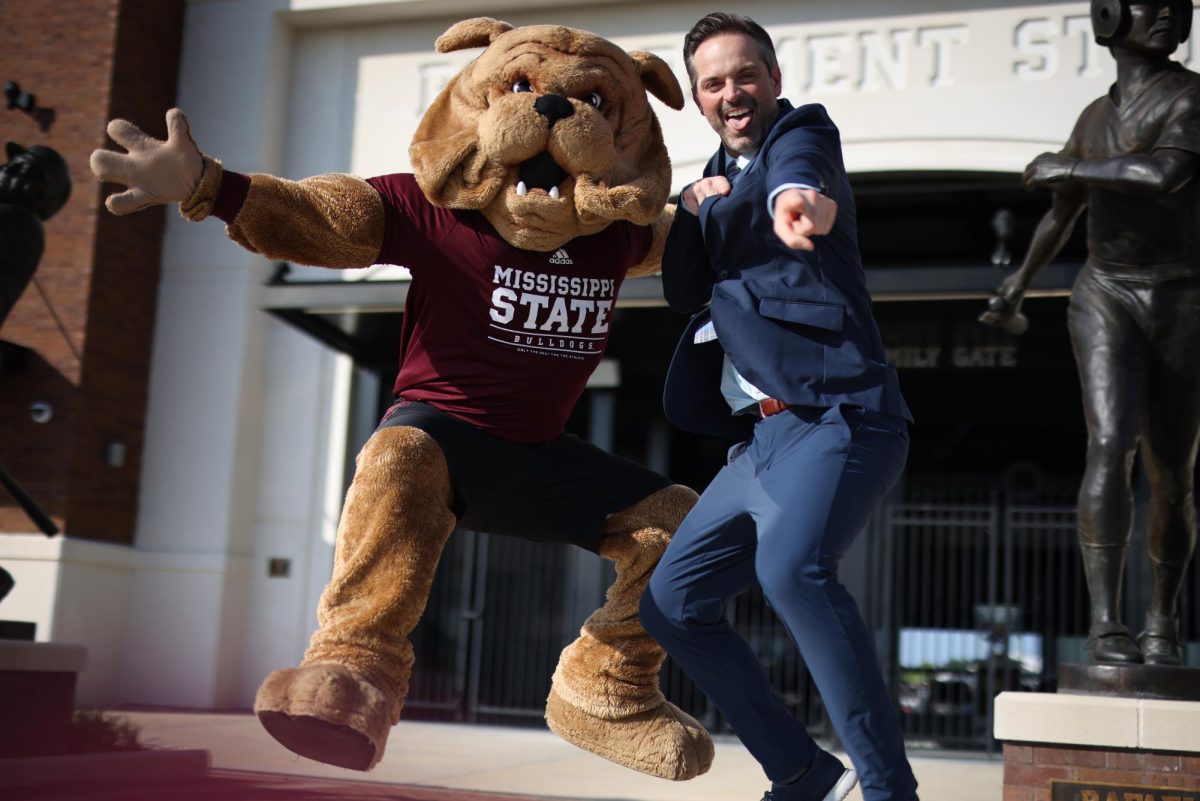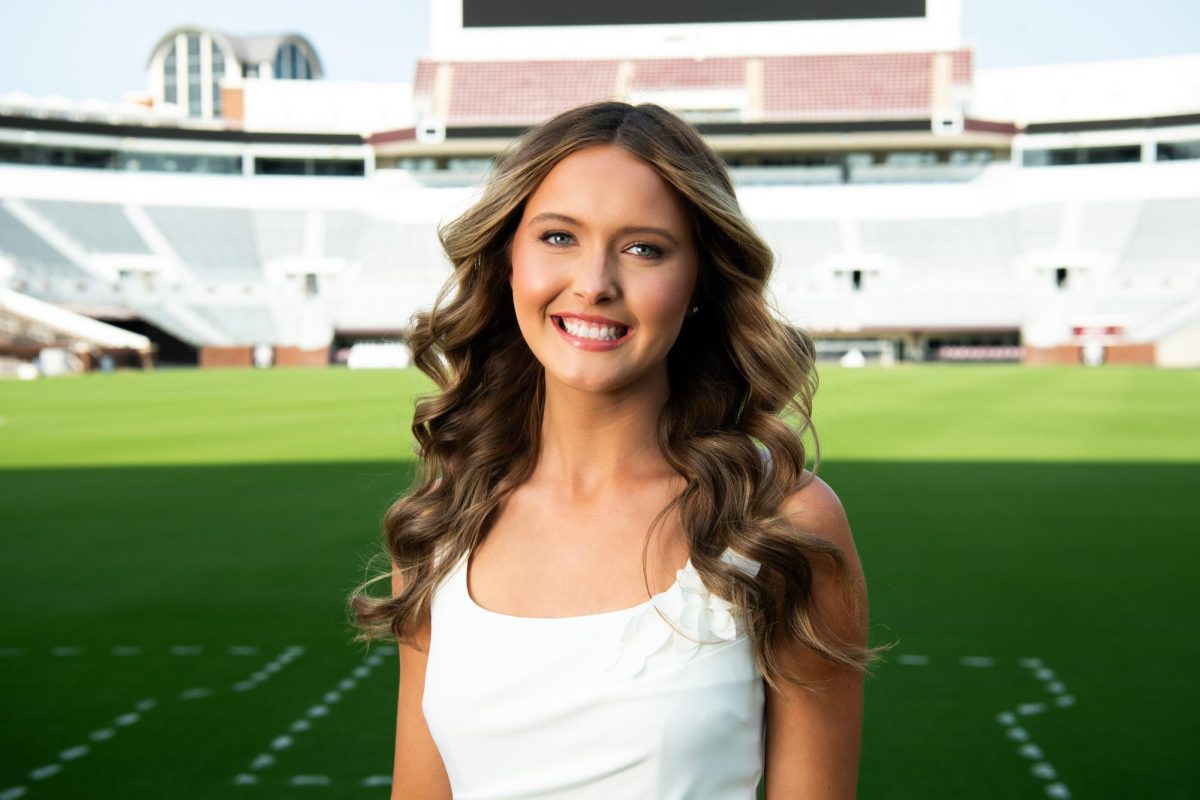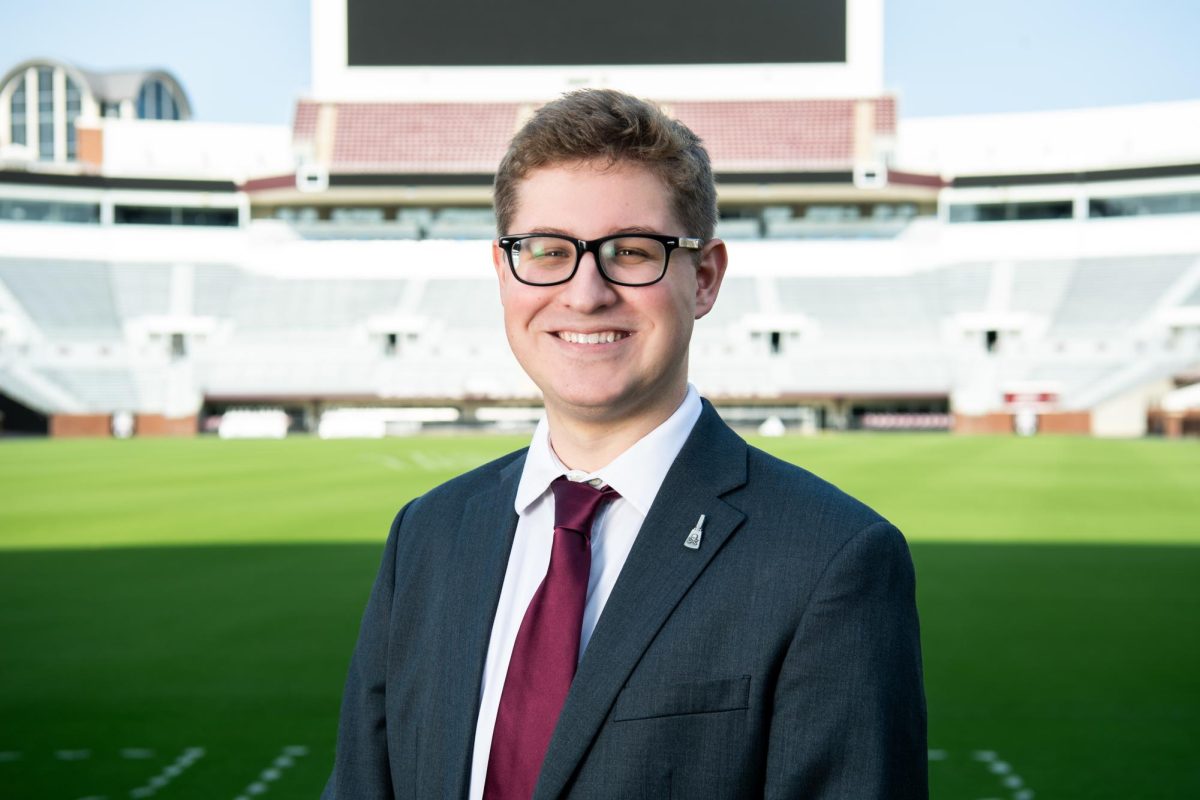“Things go in waves and trends. You see that in fitness; you see that in sports; you see that in fashion. And there’s always a possibility that racquetball could be revitalized,” said Jason Townsend, associate director of Mississippi State University’s Joe Frank Sanderson Center.
The Sanderson Center houses a total of eight racquetball courts. With the pending approval on the student activity fee increase from $5 to $25, significant changes may be coming to the center, including the upheaval of many of these courts dedicated to a supposed “dying sport.” The desperate need for change, as well as space, is growing all too quickly.
MSU first built the Joe Frank Sanderson Center in 1998, when the university had a student body composed of about 15,000 students. Now it is surpassing 22,000. Even through the COVID-19 pandemic, there has been a continuous increase in the number of incoming freshmen every semester.
As a recreational sport, racquetball first began gaining popularity in the 1970s, and it gradually lost its traction over the following decades. When the Sanderson Center first opened its doors, society anticipated racquetball to be the “sport of the future,” according to Student Association President Garrett Smith. As its popularity dwindled in the 2000s, MSU has managed to keep racquetball alive thanks to its operating sports club featuring drop-in plays.
Surprisingly, according to Townsend, the courts have seen more use in recent months than usual because of the need to spread students out due to COVID-19 social distancing regulations. People still check out racquets and goggles to play; people reserve the courts for other activities, such as dodgeball games or dance practices. As a result, the courts have become another accommodation for students to use when the other studio spaces are in use.
Thus, the racquetball courts are still being used, just not for racquetball. Then, why have them at all?
“Then comes the good problem of needing more space. More space utilization for programs, whether that be something for fitness, competitive sports or intramurals, or outdoor adventure space,” Townsend said.
It is difficult to simply let go of a dedicated studio space because of the needs of student groups and other reservations that can go towards University Recreation revenue streams. When expanding walls isn’t an option, people will use the courts for other purposes, leading to the lessened use of readily available studio space.
Out of the eight racquetball courts, the Sanderson only dedicates three for the sport. The center converted one of the ones on the lower level into The Box, a kickboxing studio. Upstairs, another court has had its glass walls removed and workout equipment pushed into it. Another two have had strength equipment placed inside. The fitness facility did not make any renovations or structural changes; the center just repurposed the space into private, personal workout rooms.
“They have a need for space. They have a need for general strength training space and cardio training space, but not for racquetball space,” said SA President Smith.
To make this space, UREC has decided to replace the racquetball courts entirely with a brand new workout studio. The finished project would be about the size of the weight room on the first floor.
UREC would have to devote various resources to a project like this. The employees need to consider not just the demolition aspects but also the aesthetics and the structural theme of the Sanderson Center.
“That’s kind of the blessing of a fee and getting that help and support from the Student Association,” Townsend said.
Additionally, UREC and SA do not want to take away racquetball entirely because a section of the campus plays the sport and frequently uses the courts. UREC intends to keep the option available for all students who may want to reserve the court space for recreational activities or to play racquetball.
At the Sanderson Center, students had a wide range of opinions on the issue. Most said they favor the removal, though a few said they do not support it at all. Even some think that something new entirely should take the place of the racquetball courts, not another weight room. Randy Flatness, a sophomore computer engineering major, reported that he rarely sees all the rooms in use.
“I only see three of them used at a time,” Flatness said.
UREC has noticed this too and taken it into account for their renovation plans.
Based on the current plan, three racquetball courts will remain after the center completes the changes. Many UREC employees said they hope to see the beginning and completion of this goal within a few semesters. SA President Smith shared his perspective on this matter.
“At the end of the day, if we’re not using all eight, then we need to use that space more wisely,” Smith said.
The racquetball court renovation is not the only project to look forward to in the future of the Sanderson Center and fitness on the MSU campus. Some other changes that students might see in the future due to the raised student activity fee are a bouldering cave, a turf training area, a revamp to the old intramural fields, new walking, jogging and biking paths; formal markers for the 5K routes, a reinvestment into new intramural fields and beginning a projected 10-year plan of bringing recreation closer to residence halls.
The sole purpose of improving the fitness options is to keep both the physical and mental needs of the student body at the forefront, explained Townsend.
“I think that’s a big thing right now: health and wellbeing. Mental health, physical health, that’s key right now,” Townsend said. “Anything we can do as a department, and then in collaboration with other departments like Health Promotion and Wellness and the Student Association, to make things better with healthier opportunities; all those things are a plus. So, we keep fighting for those things.”
Is racquetball a dying sport? Student Activity Fee will provide renovation of Sanderson courts
Kathryn Beatty | The Reflector
The Sanderson Center is renovating some of the racquetball courts to be multi-purpose.
0
More to Discover

